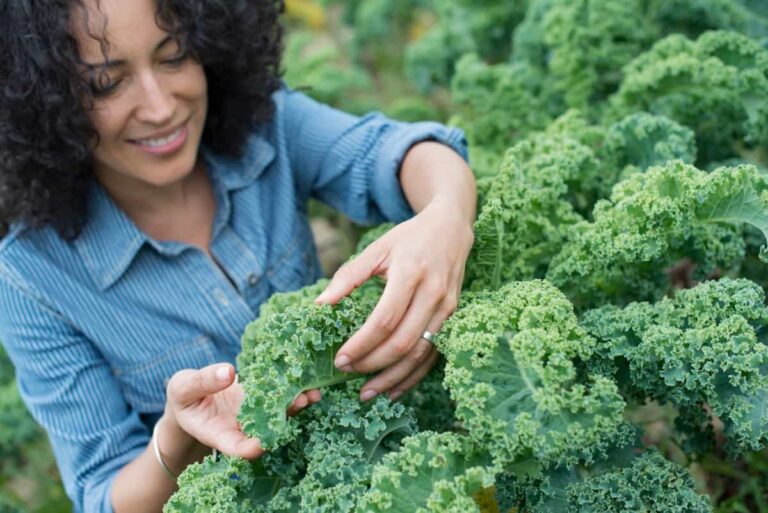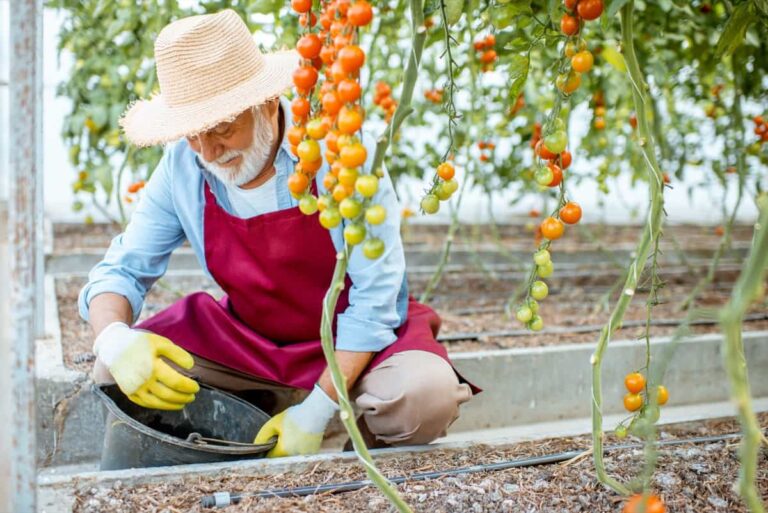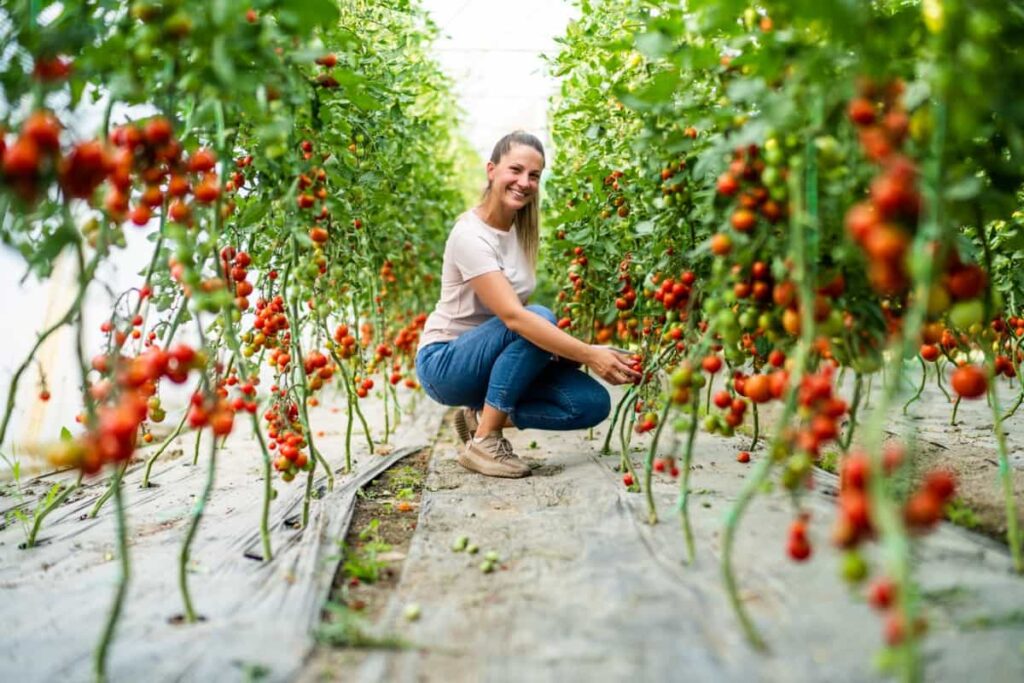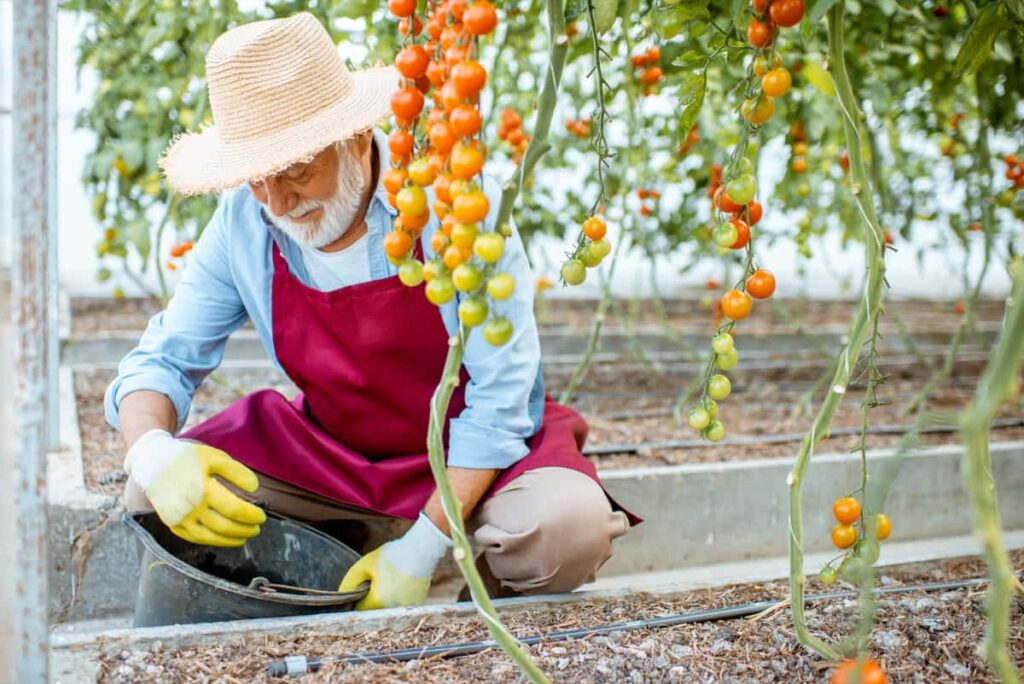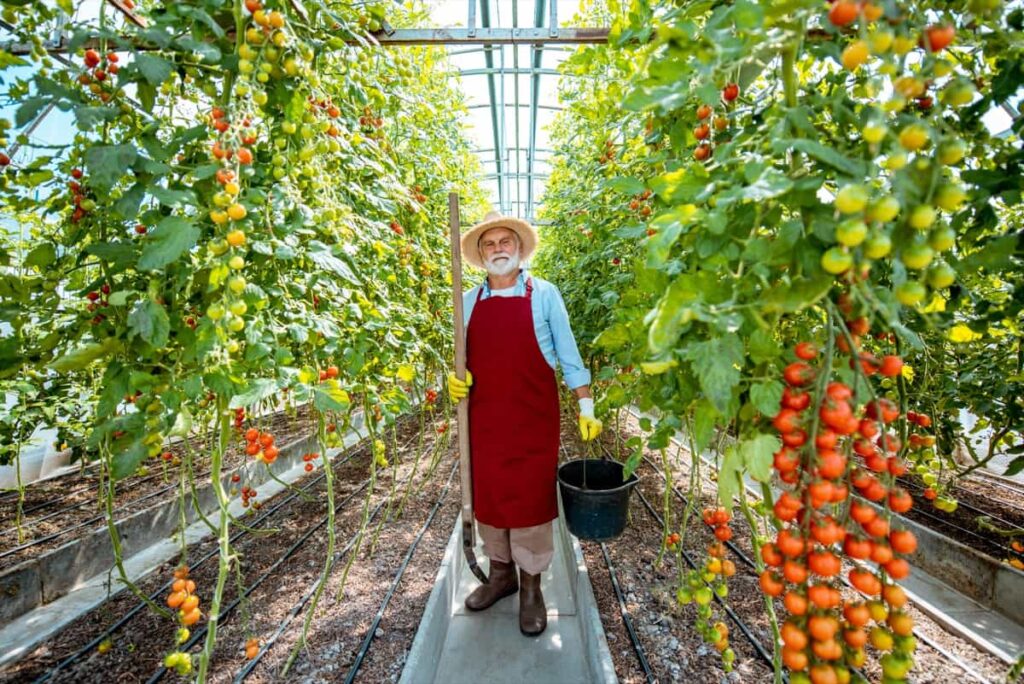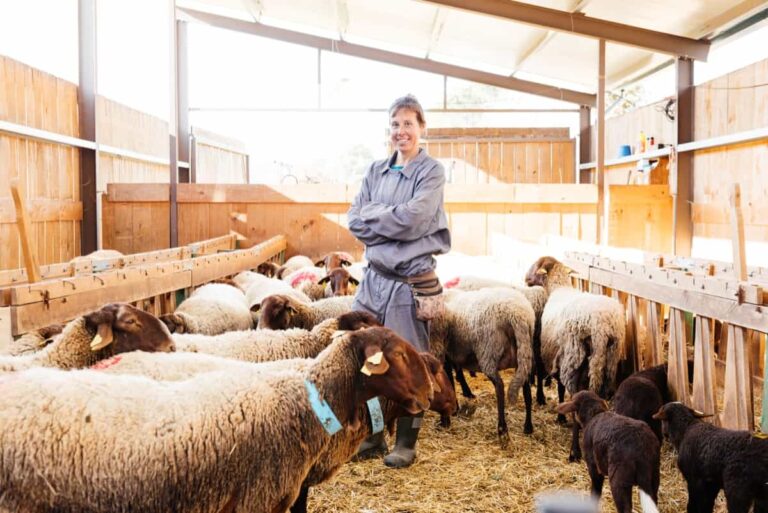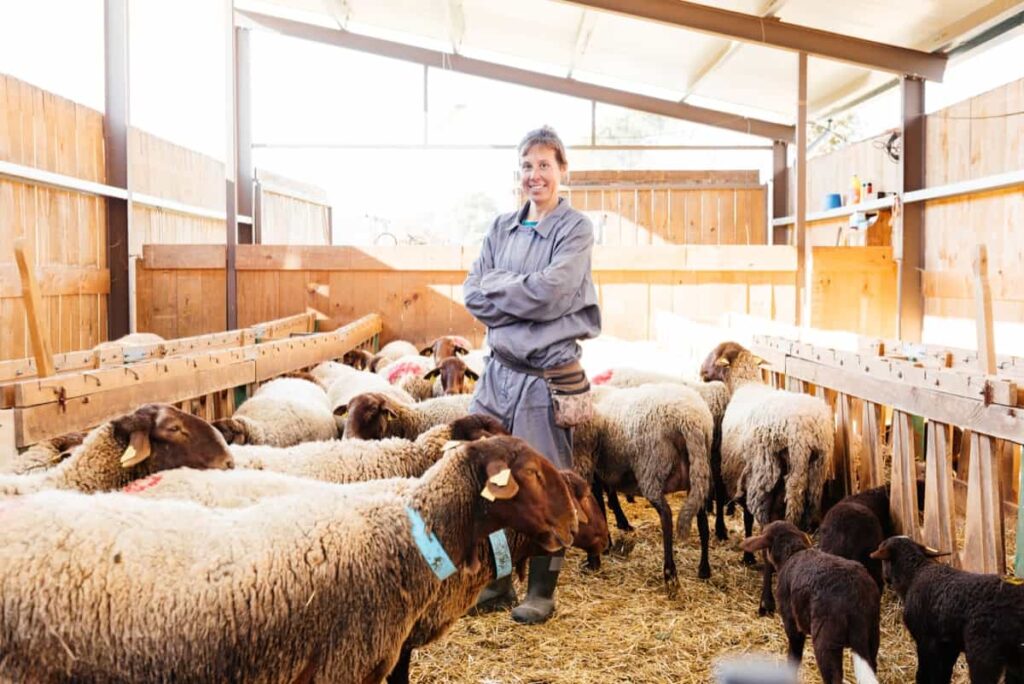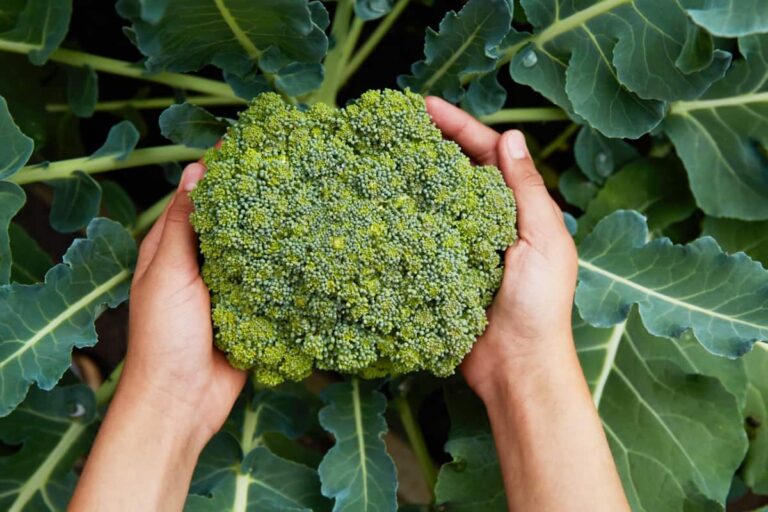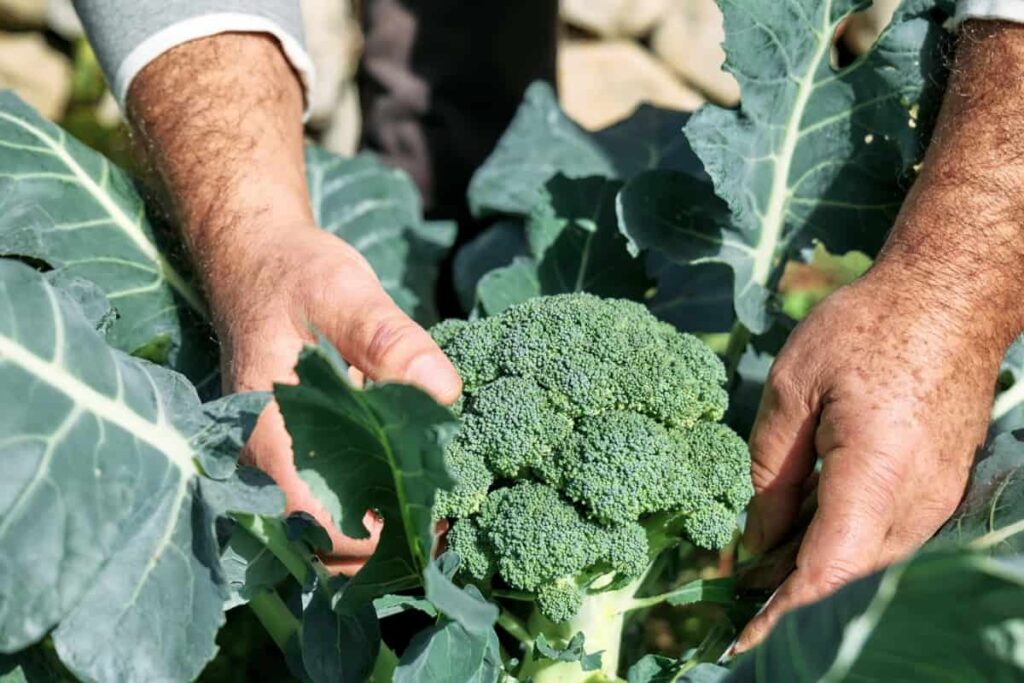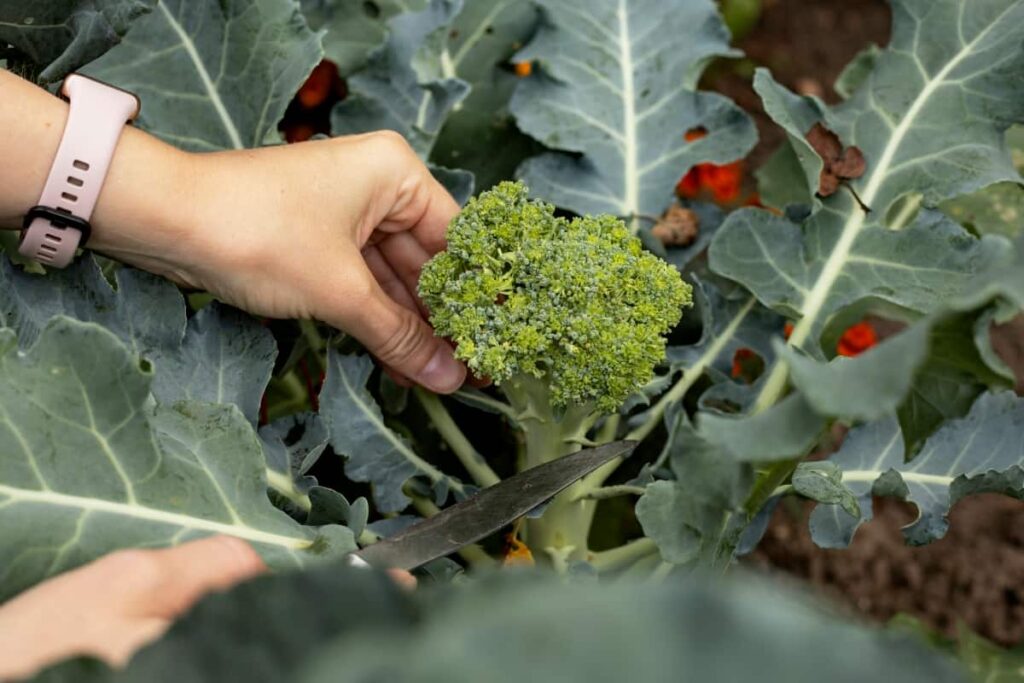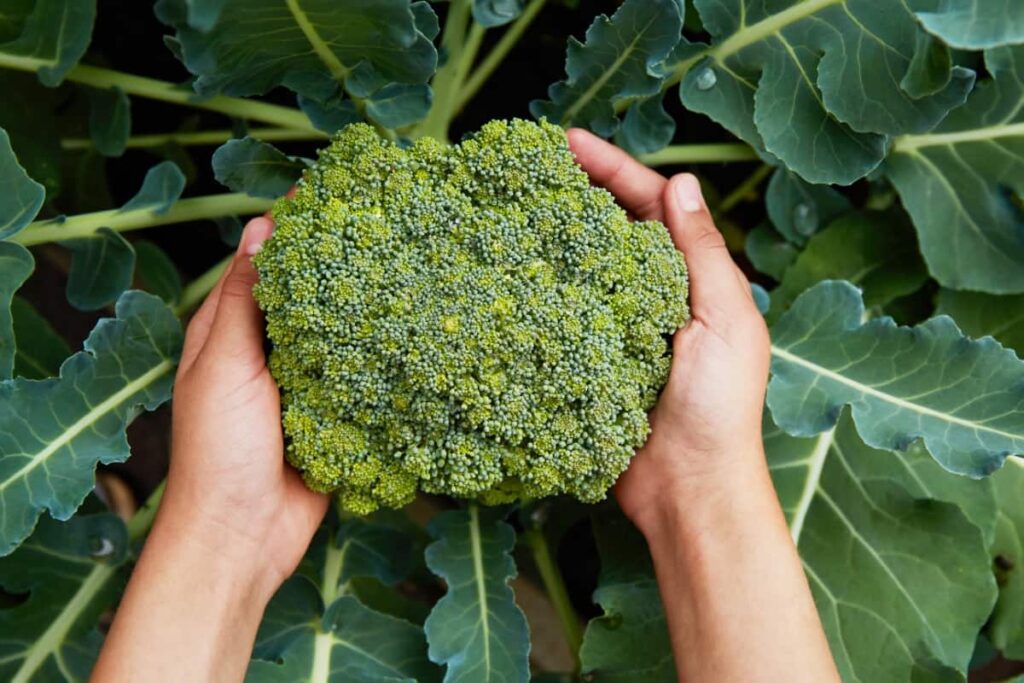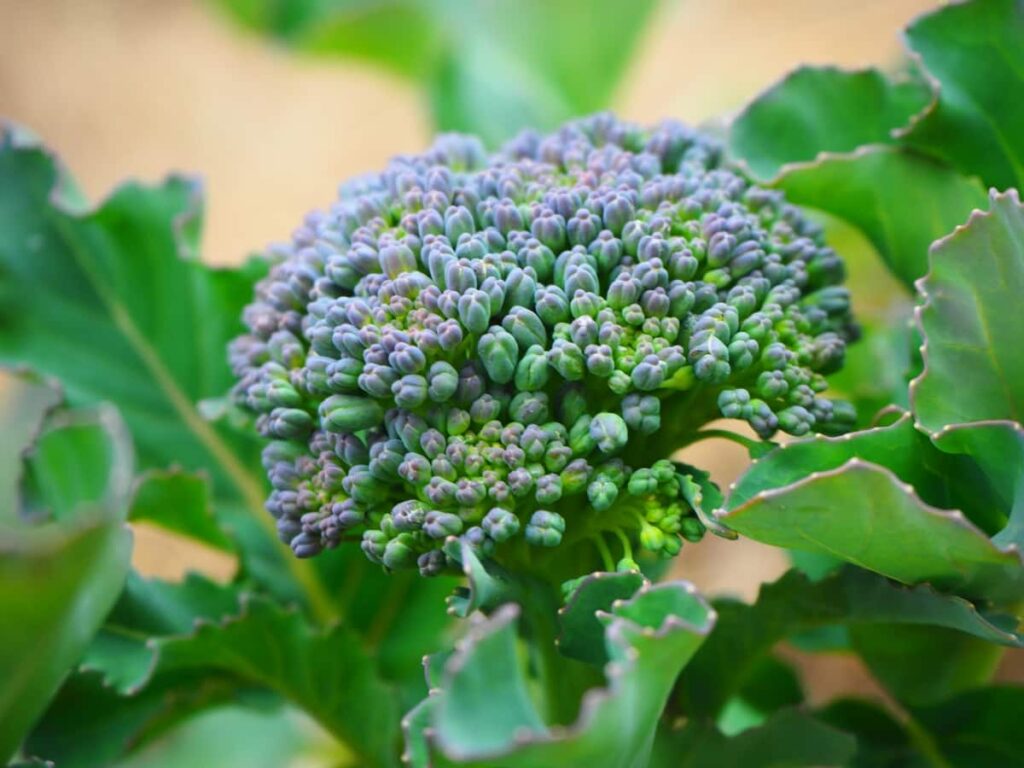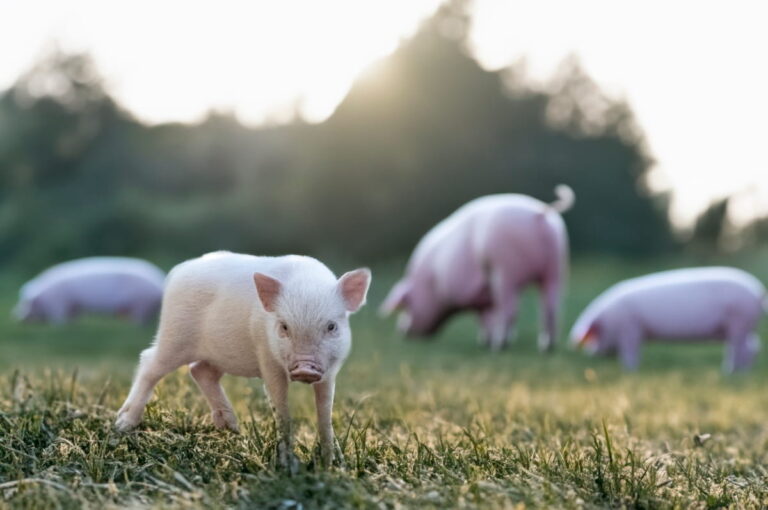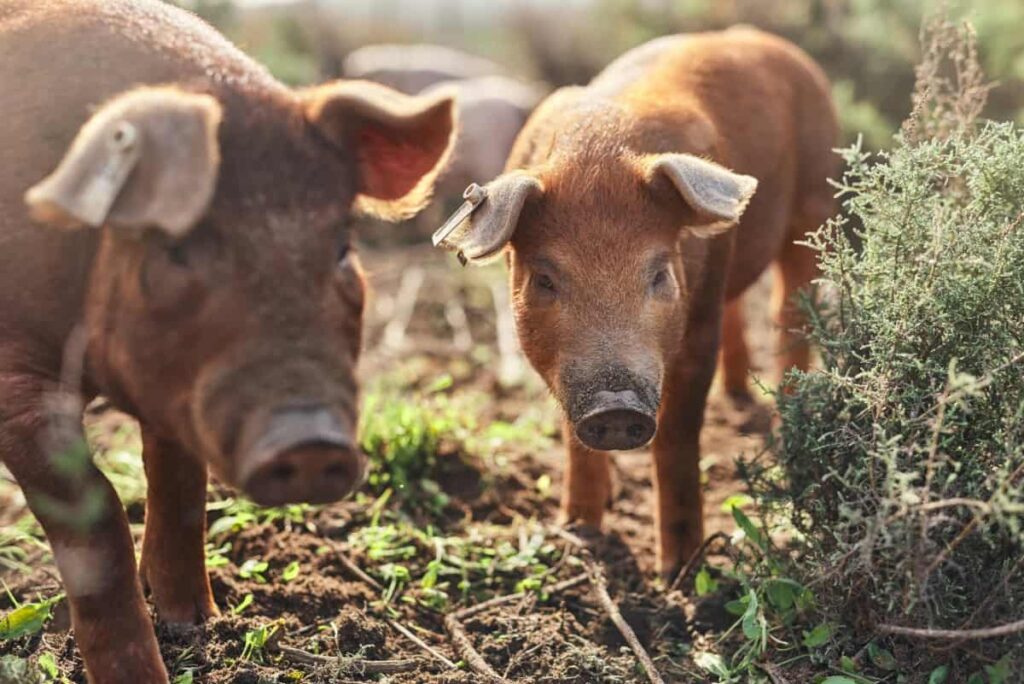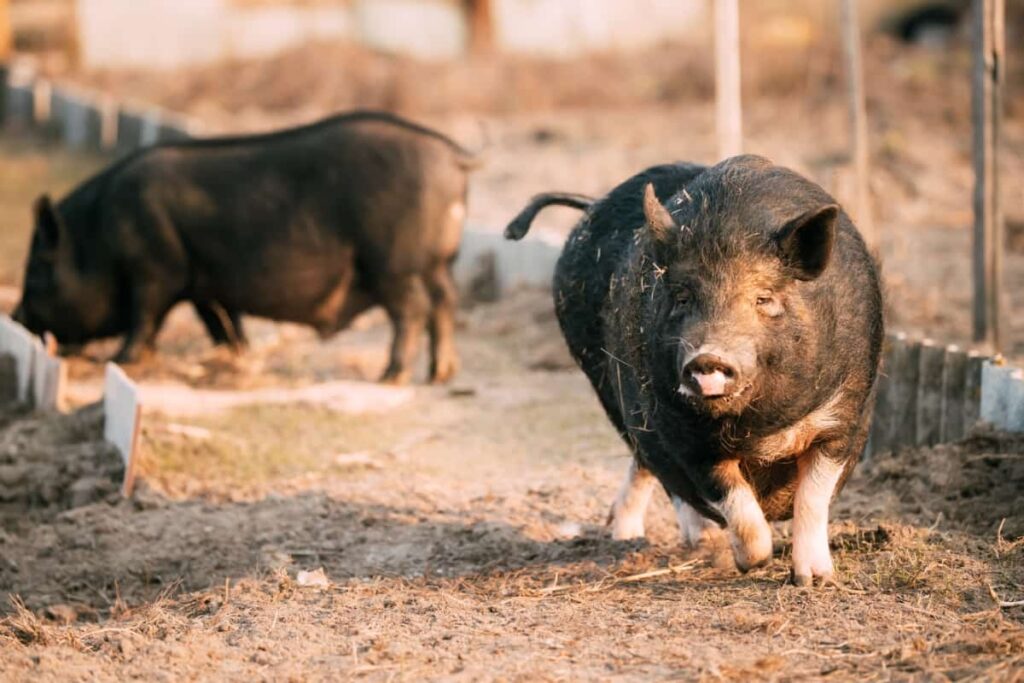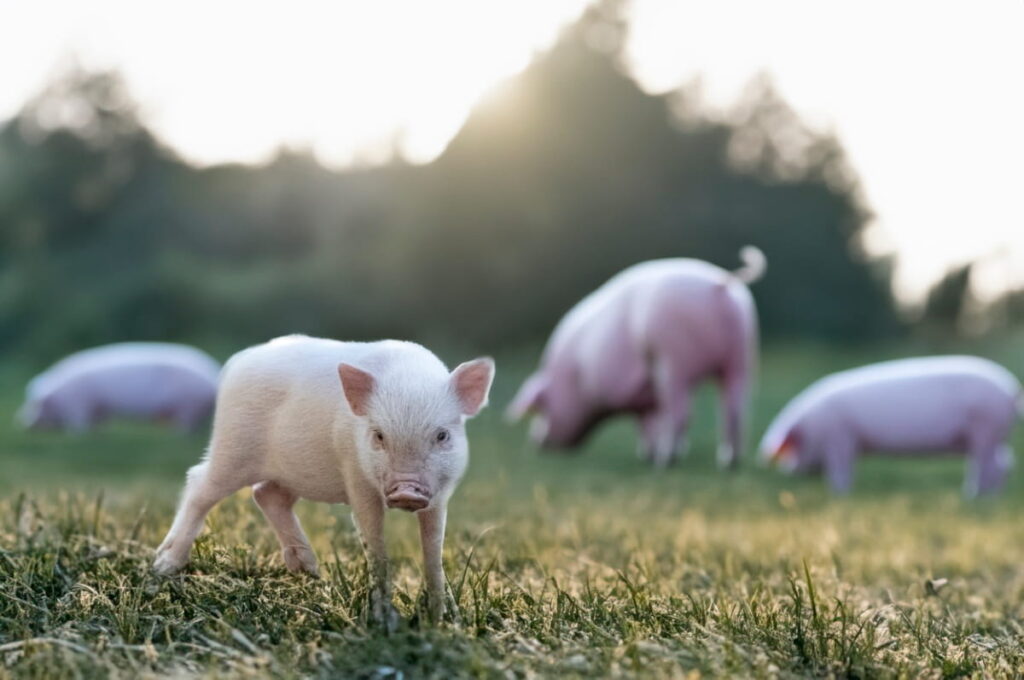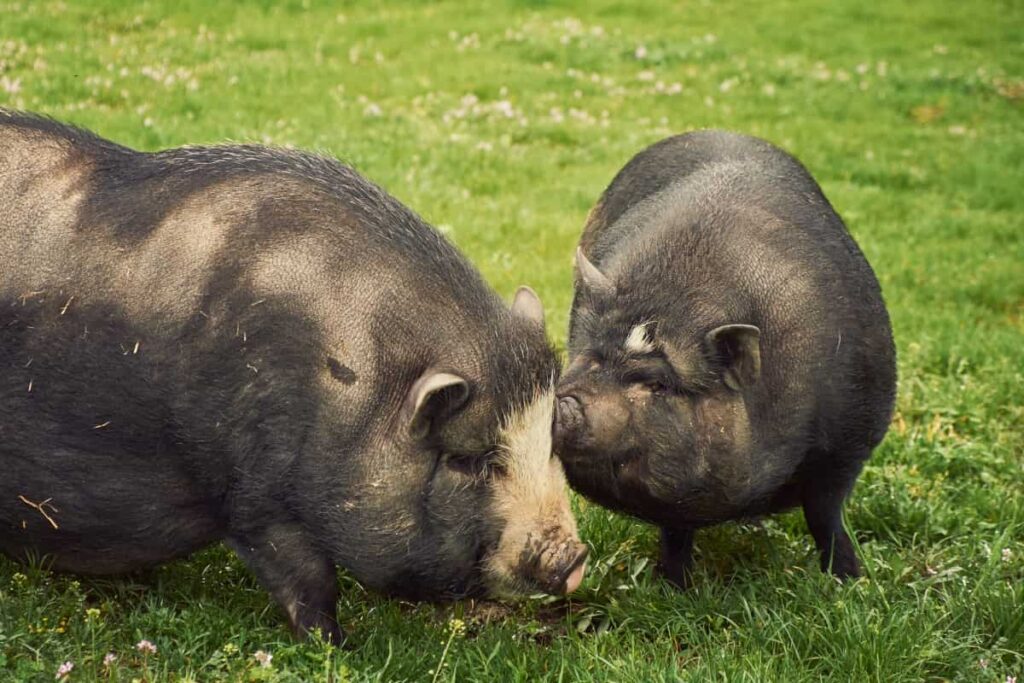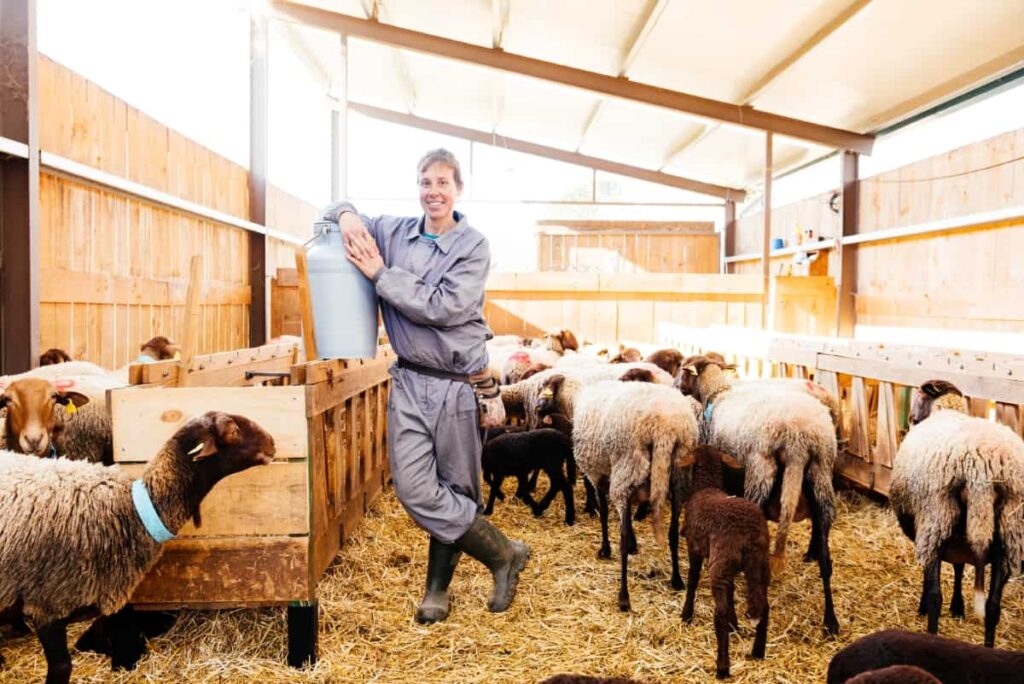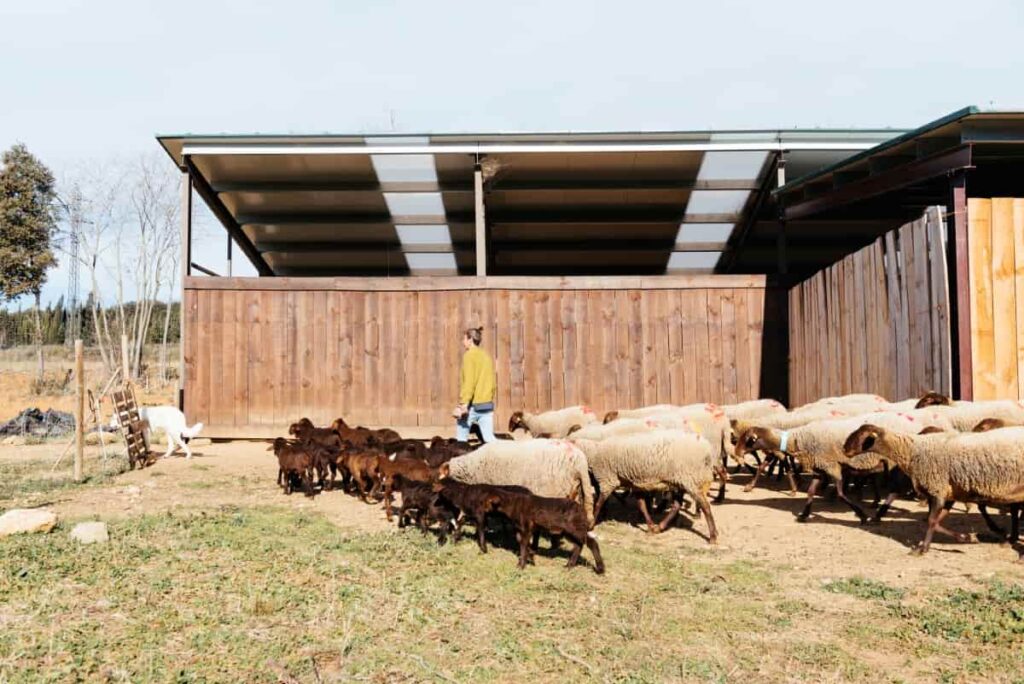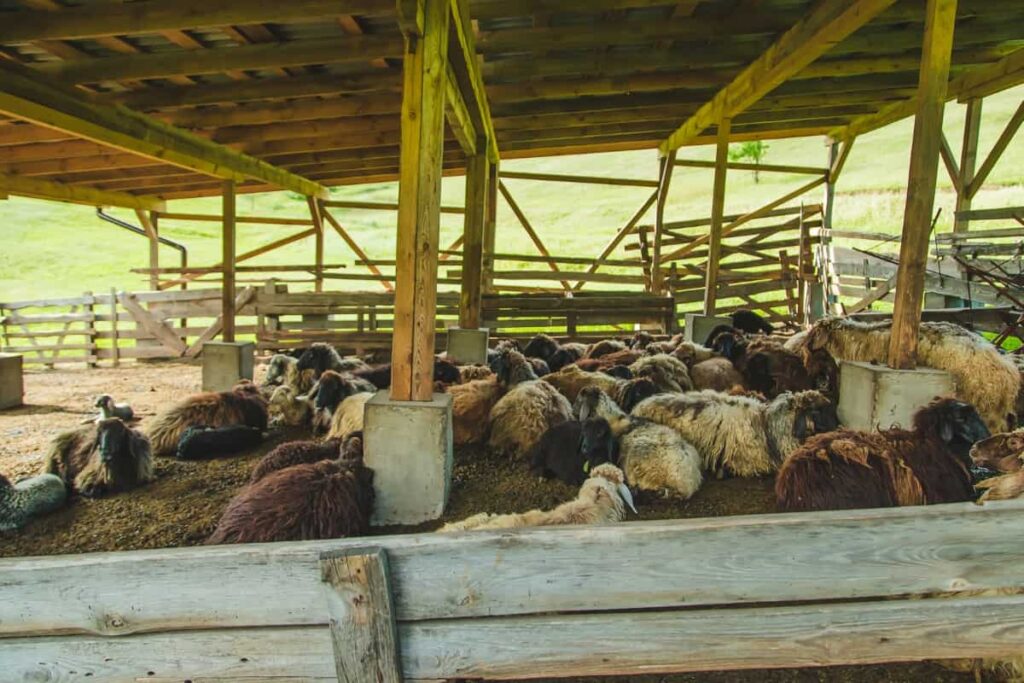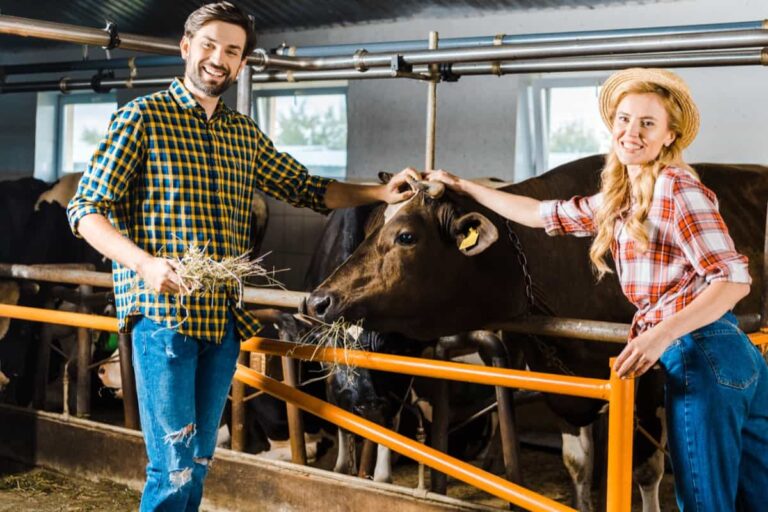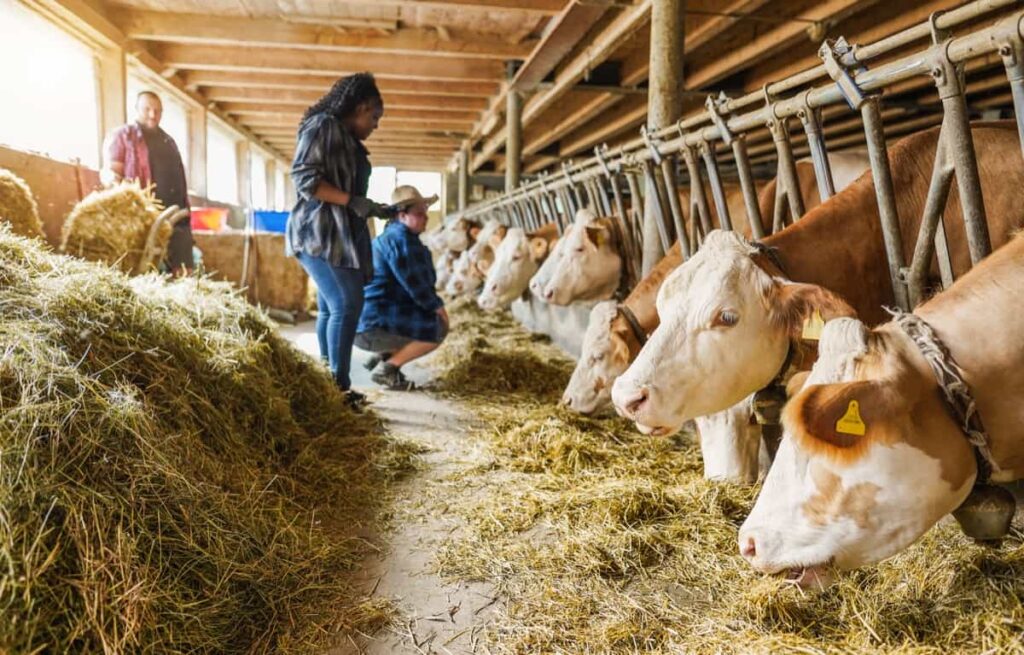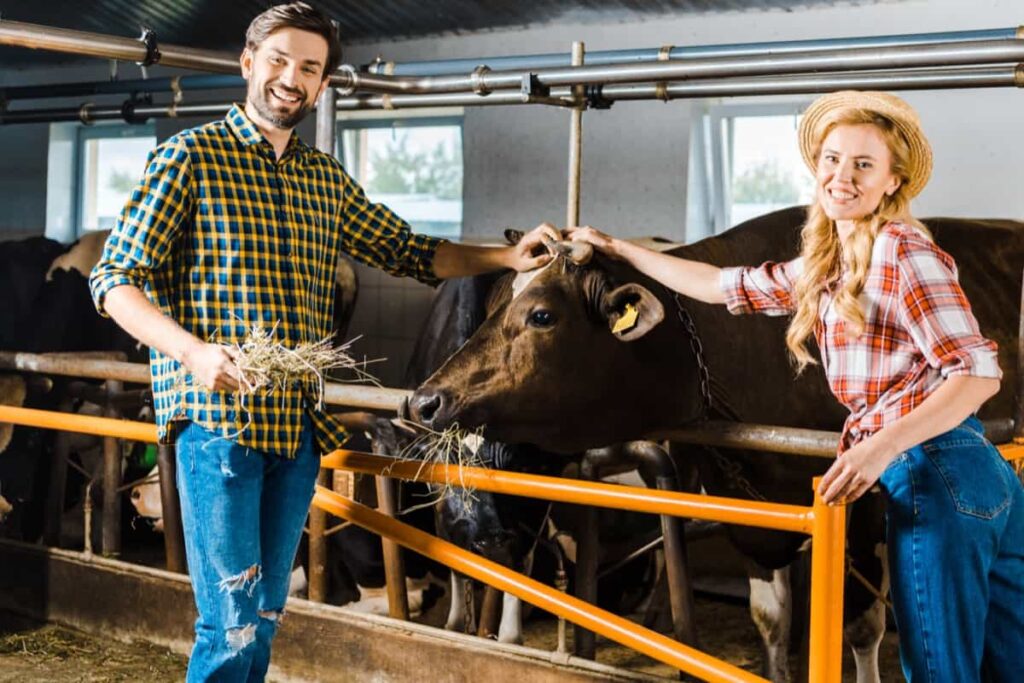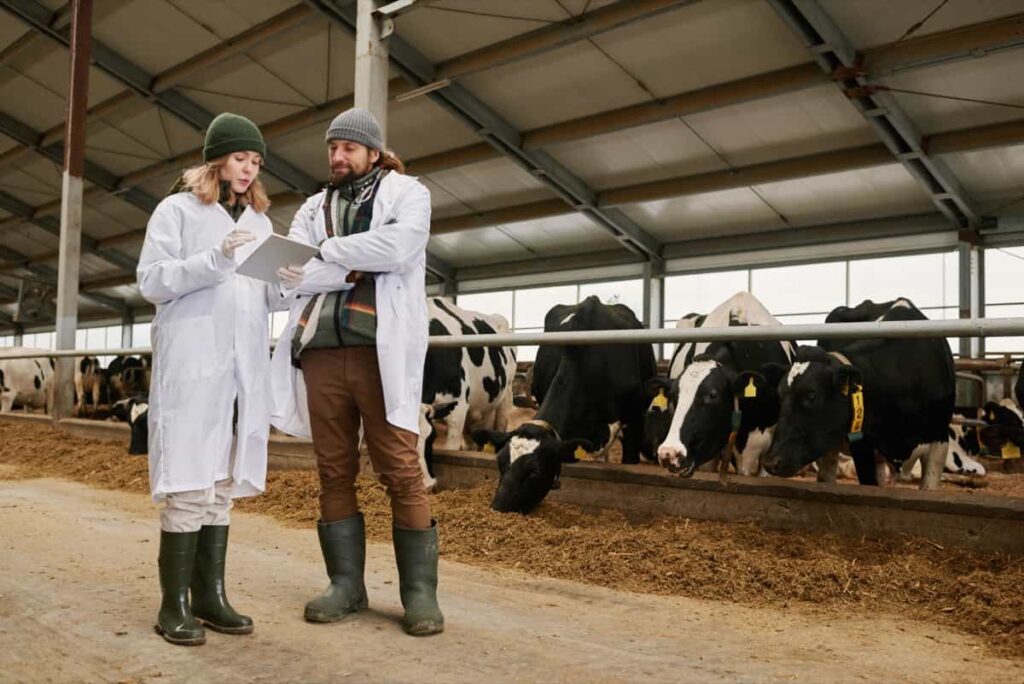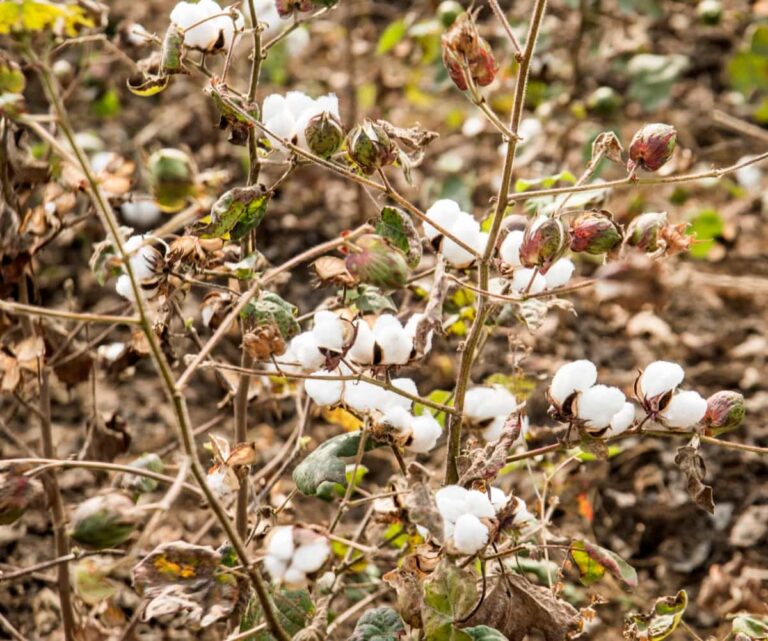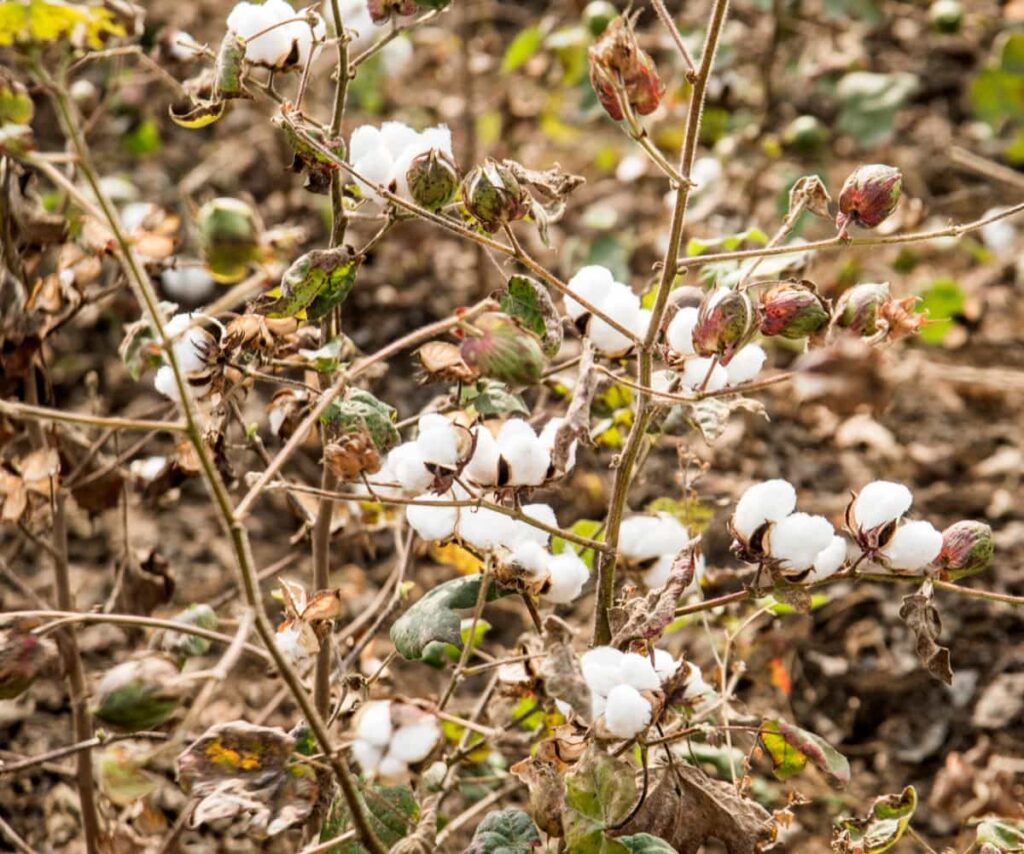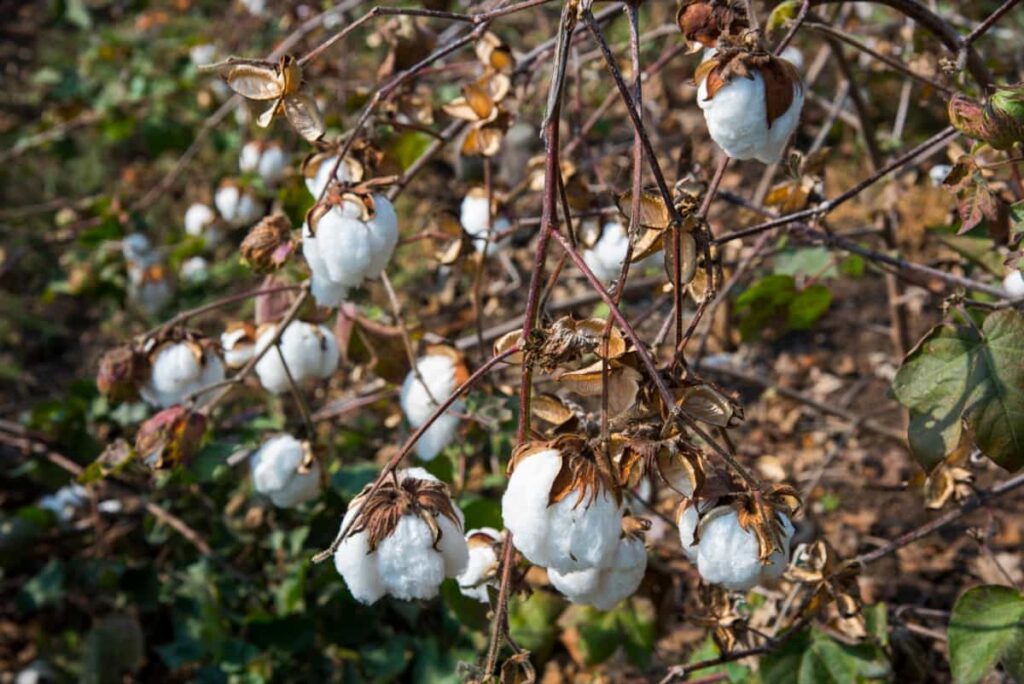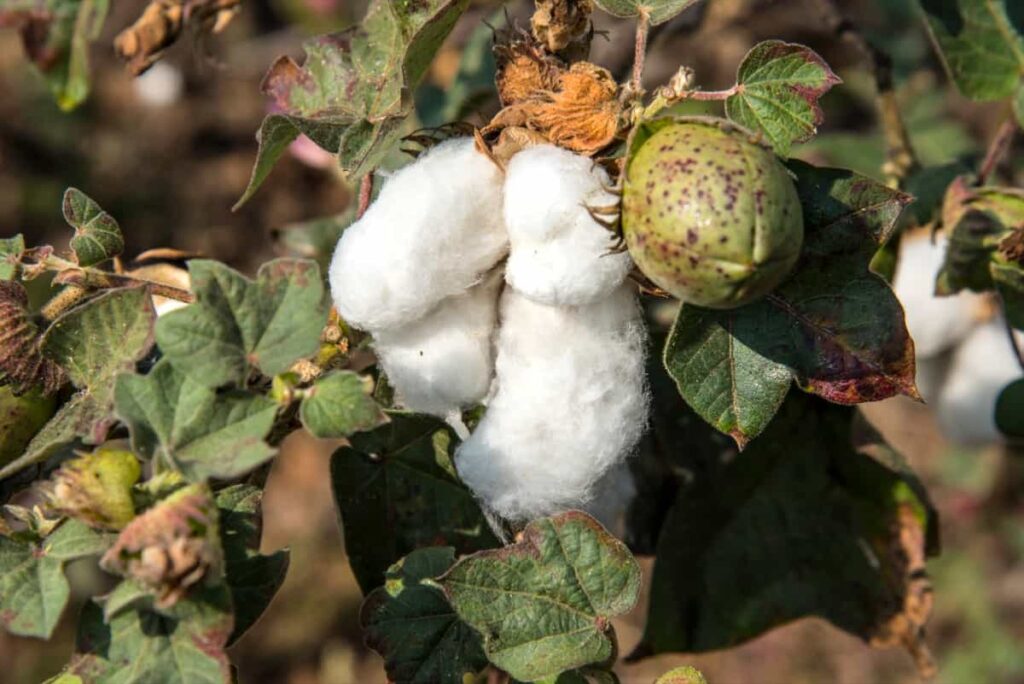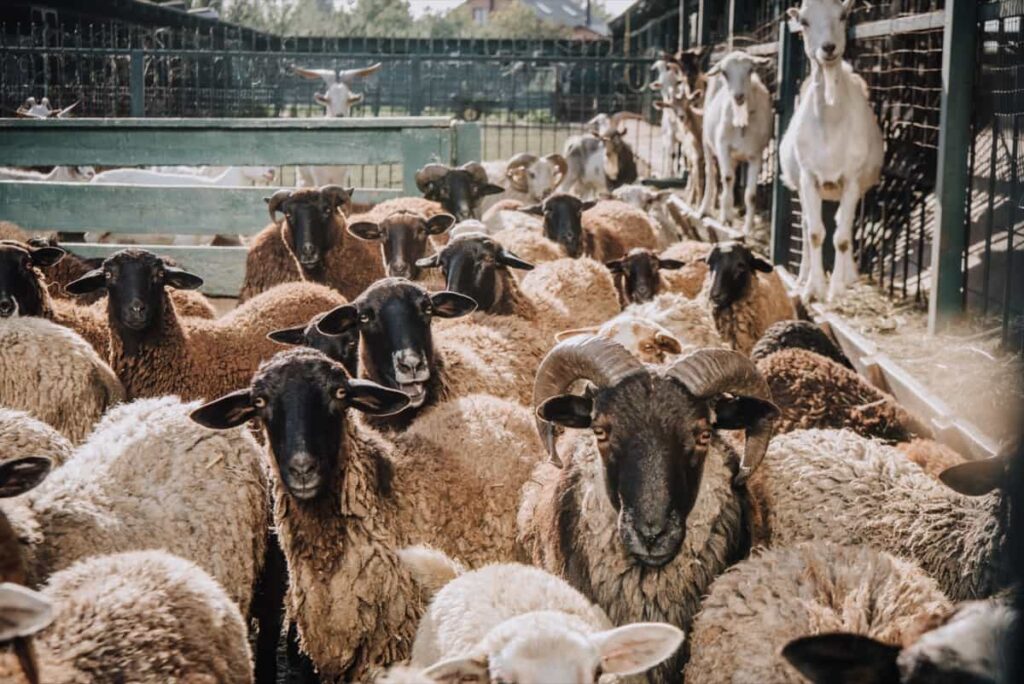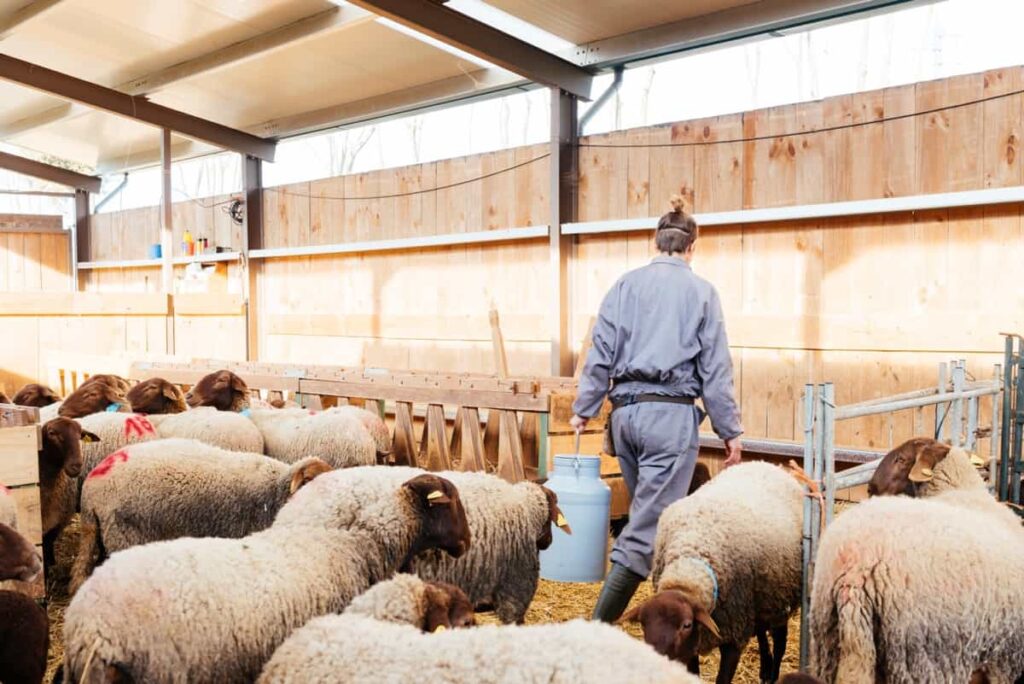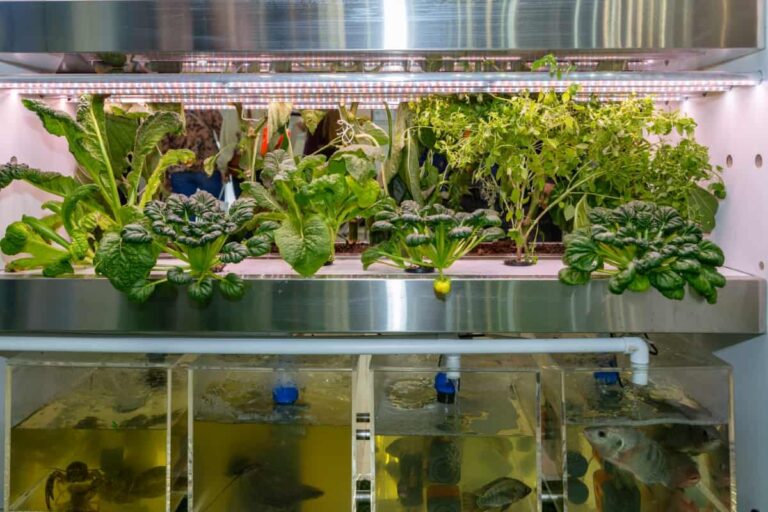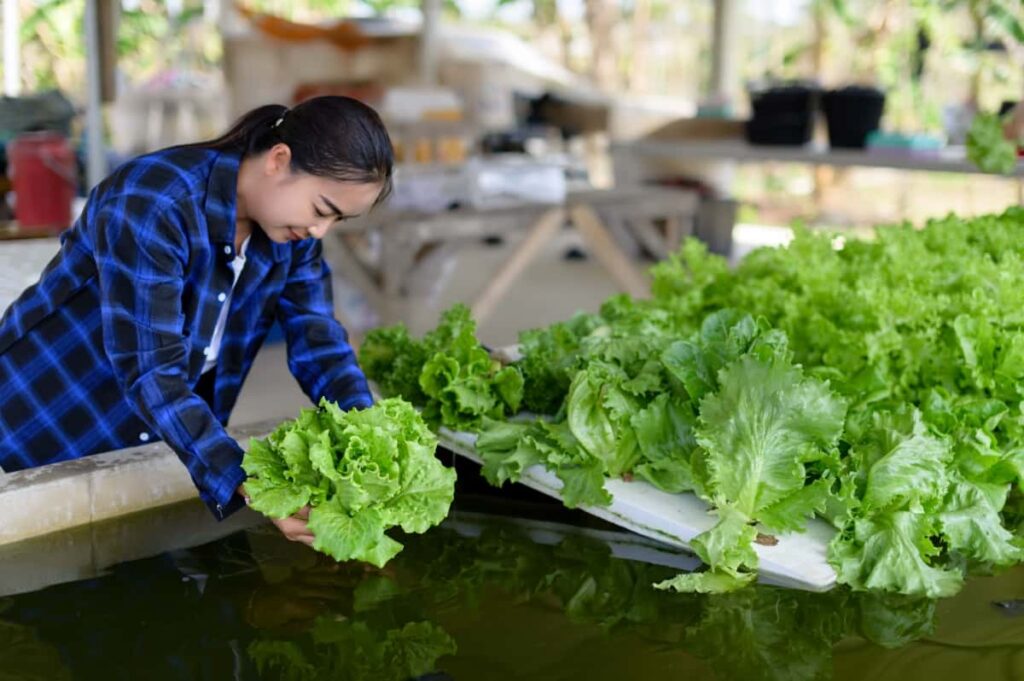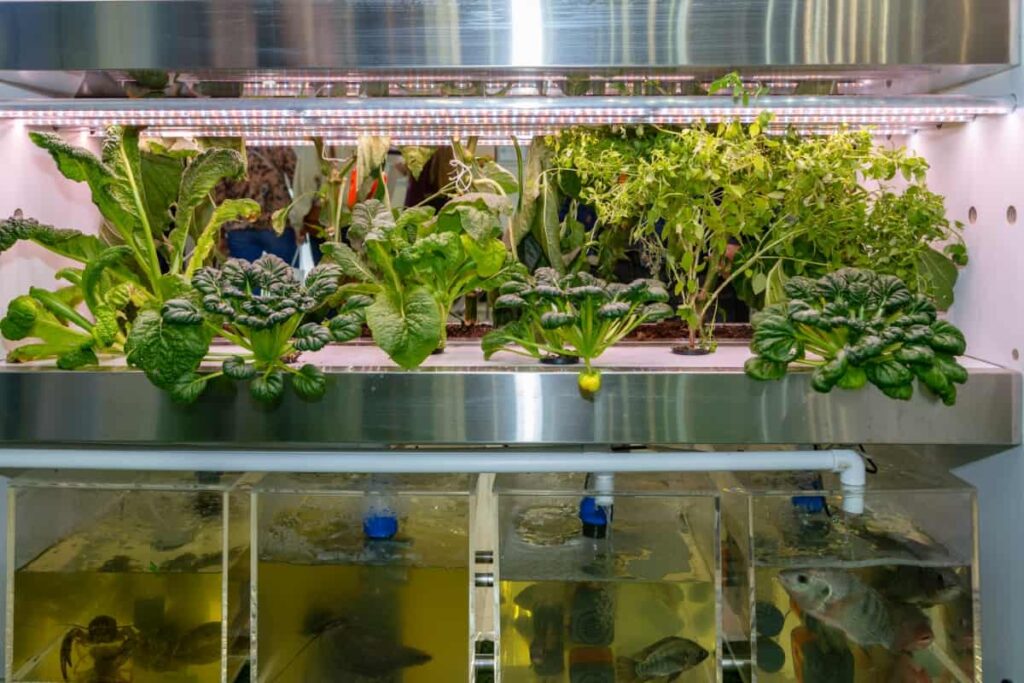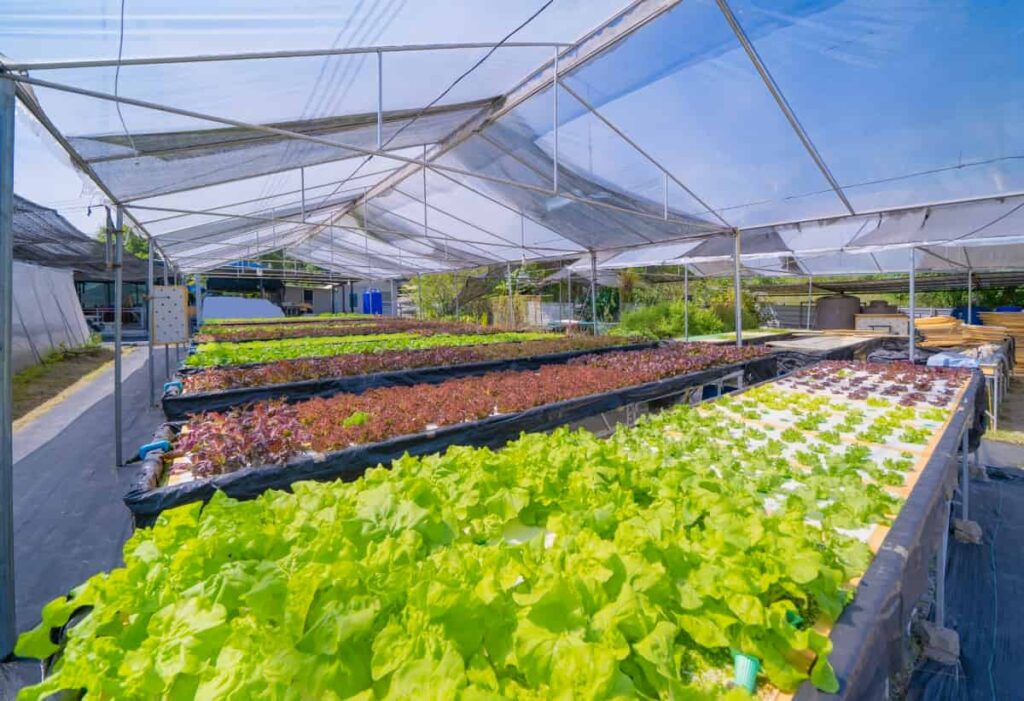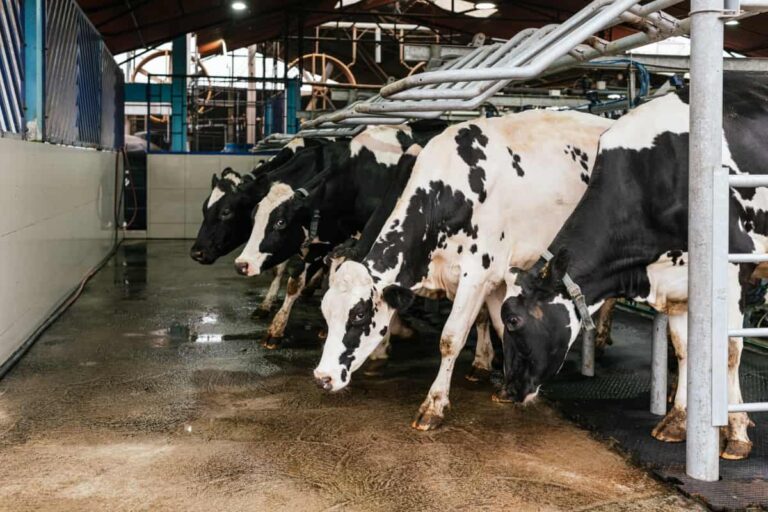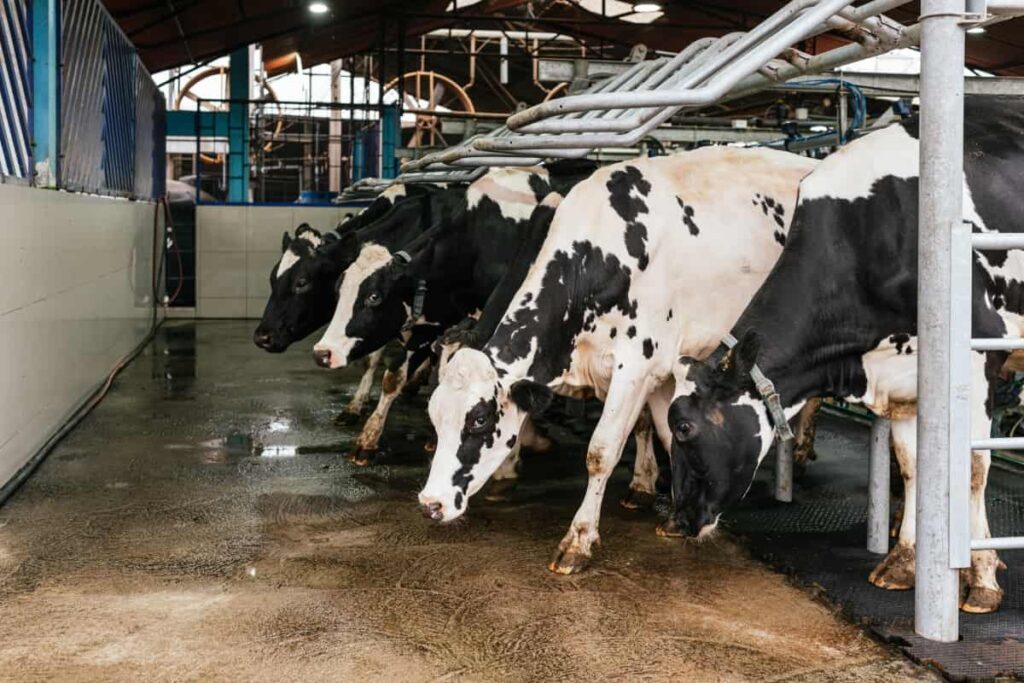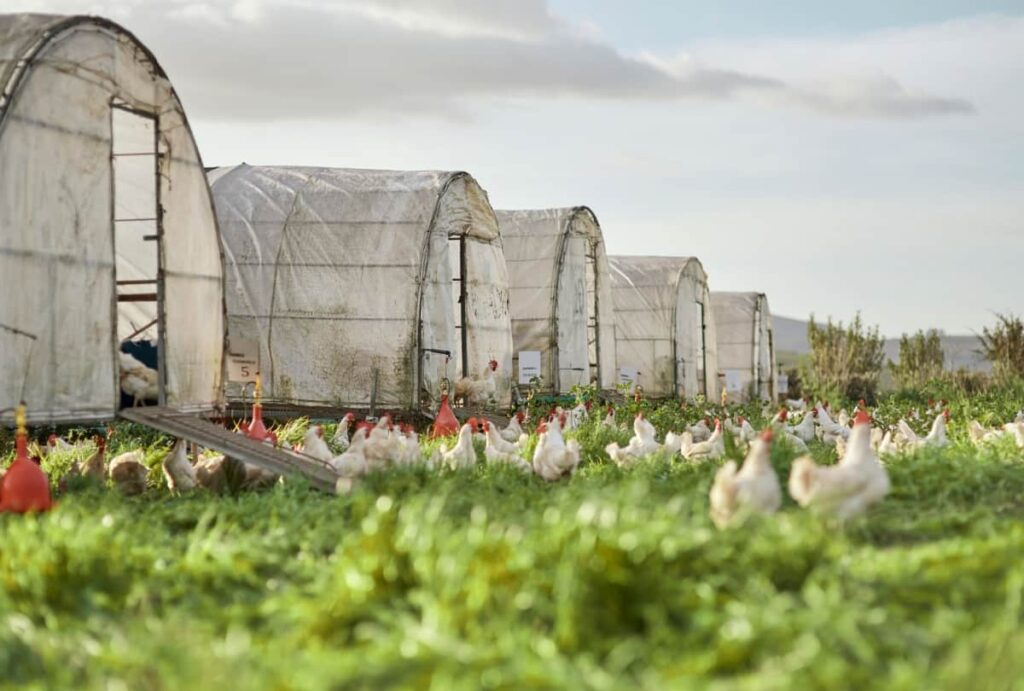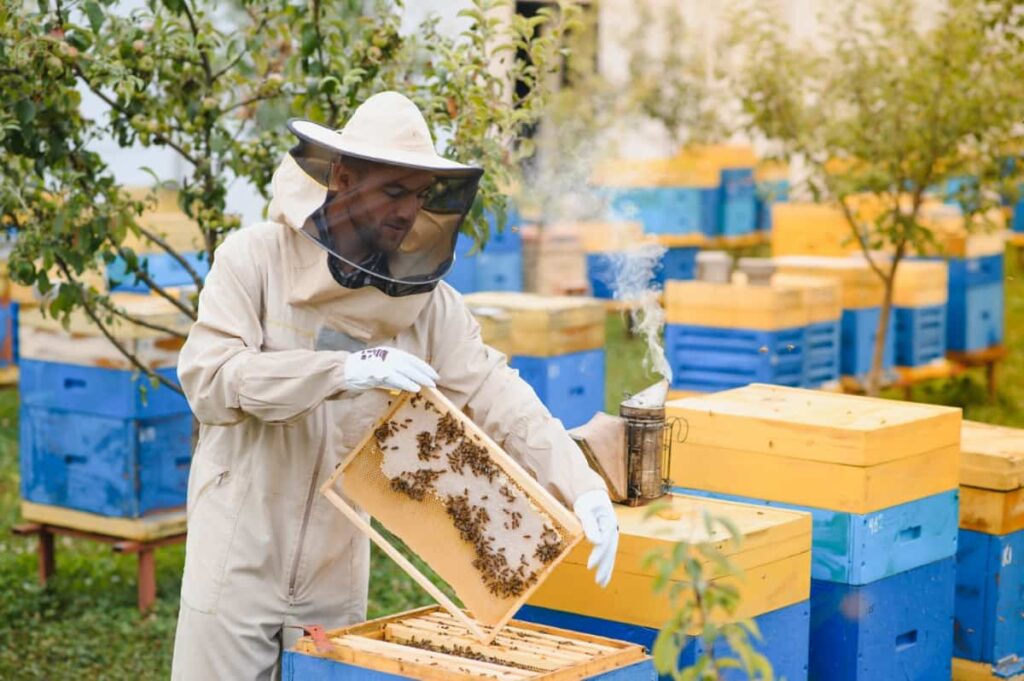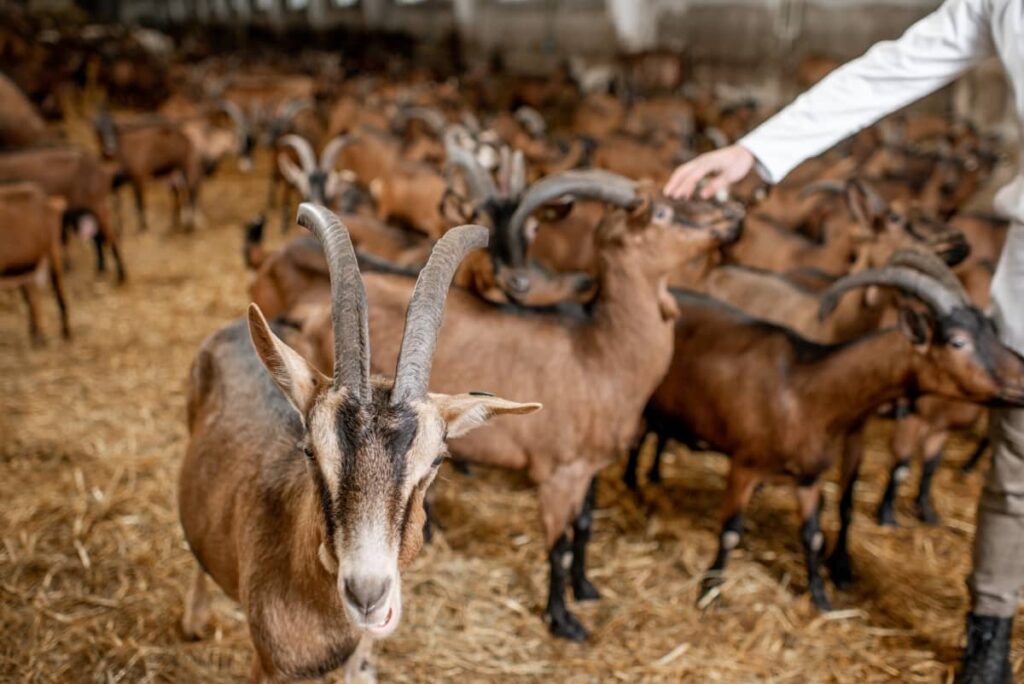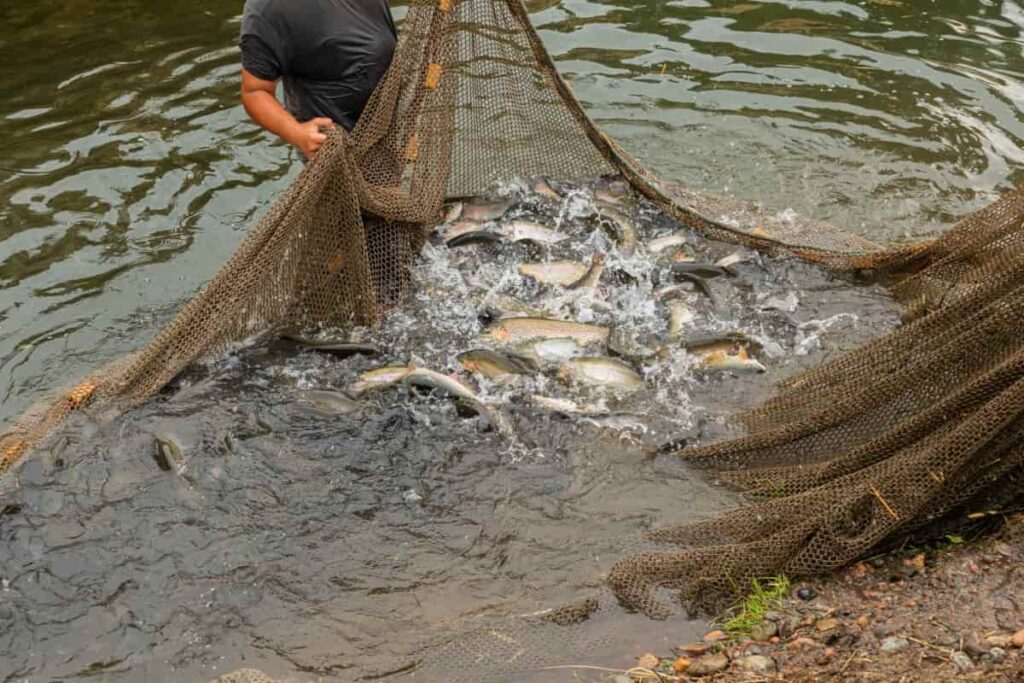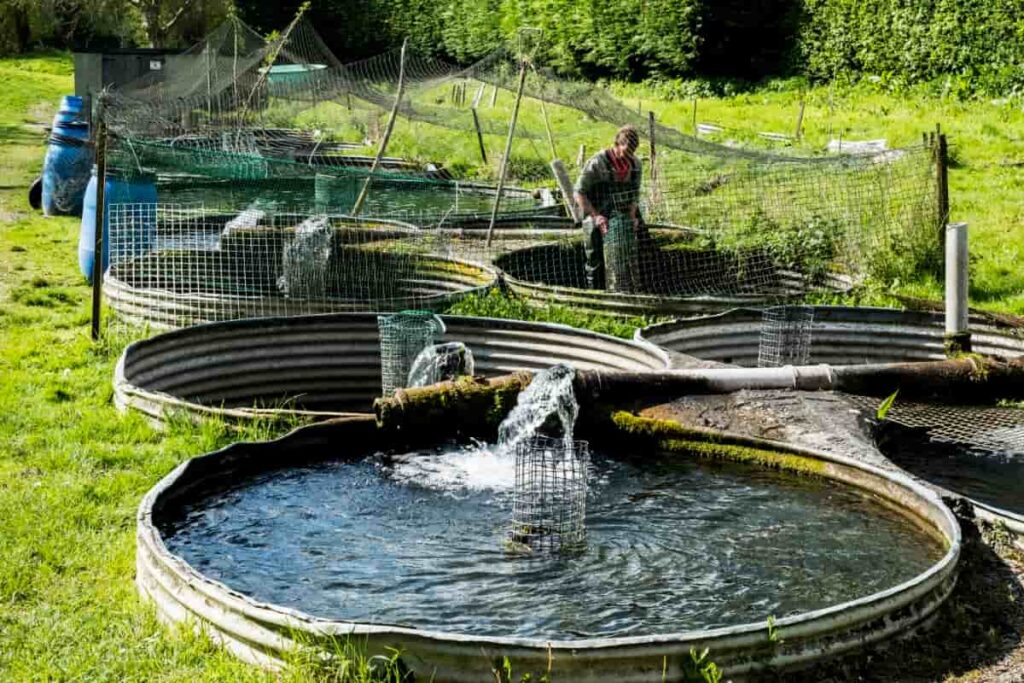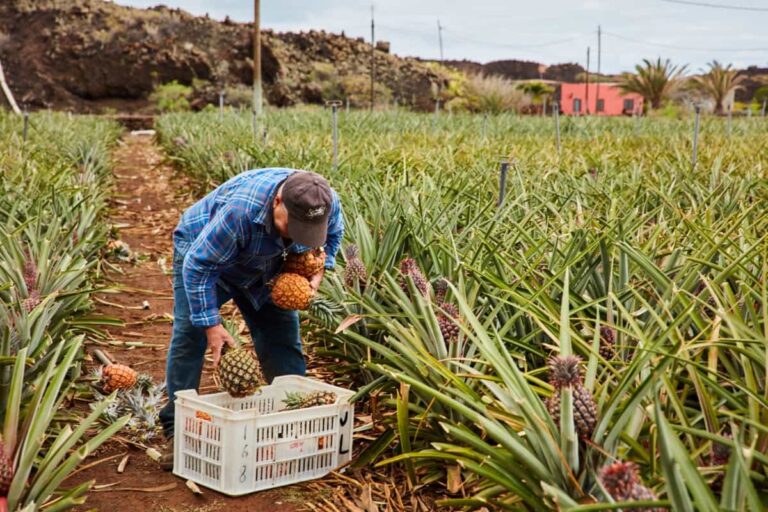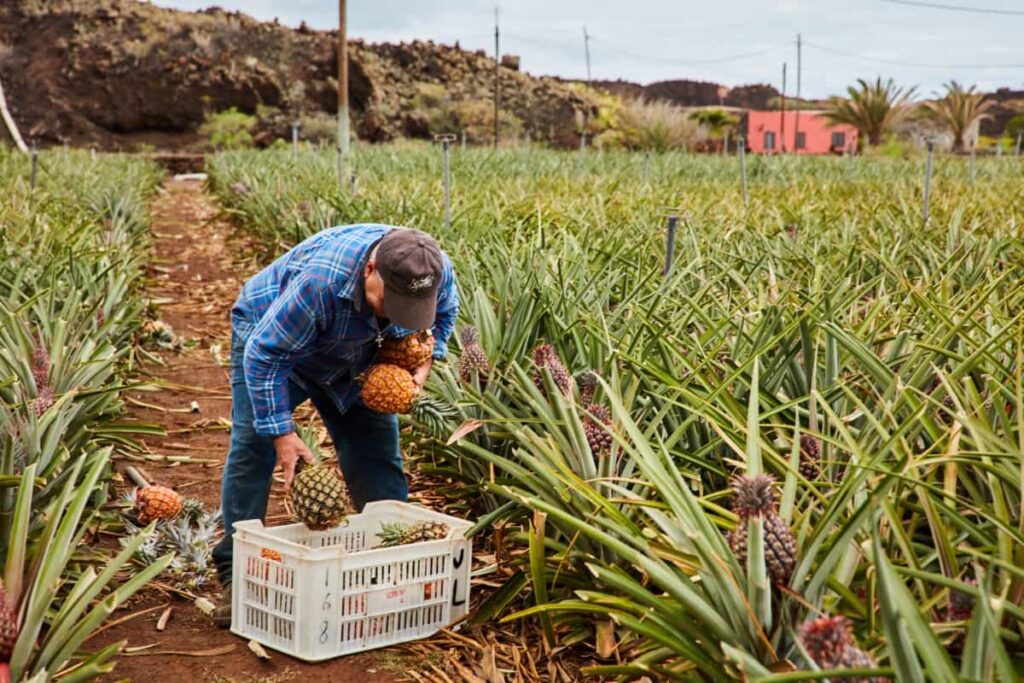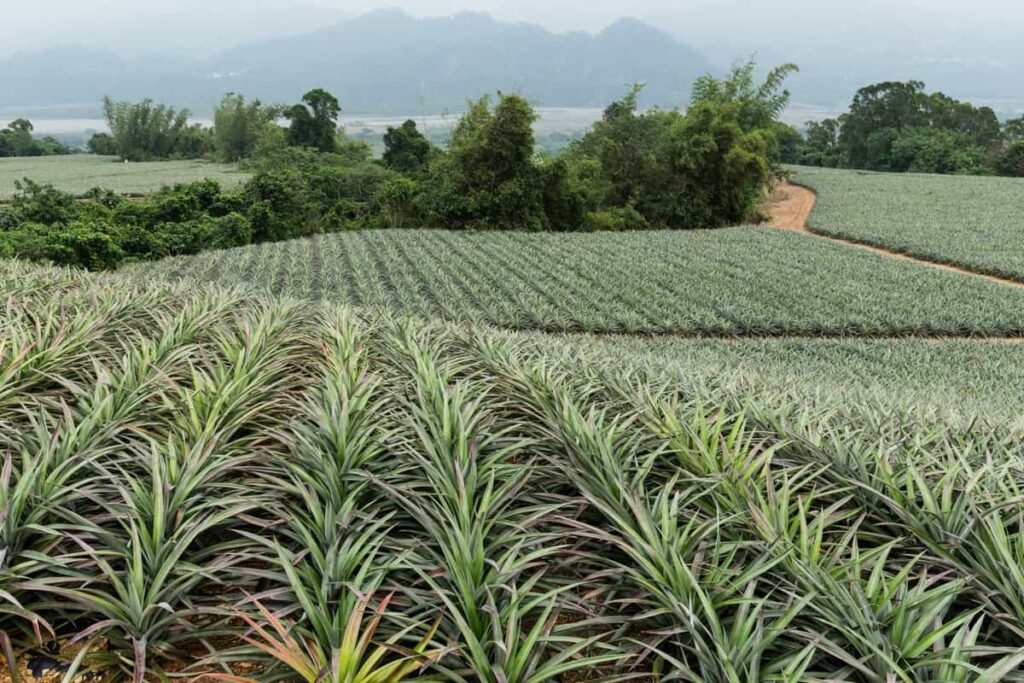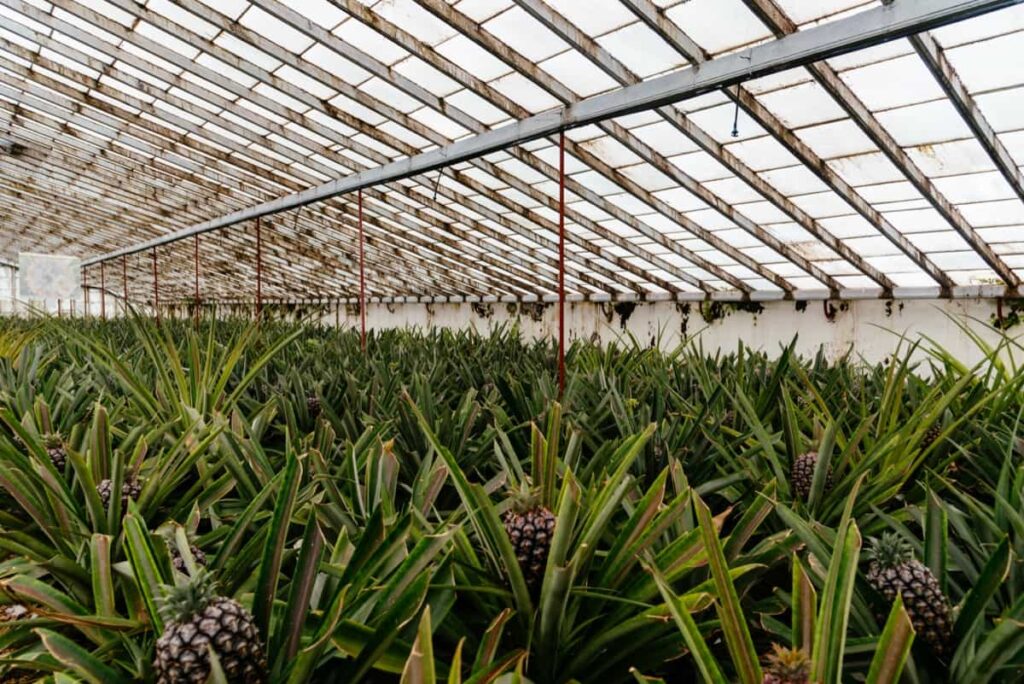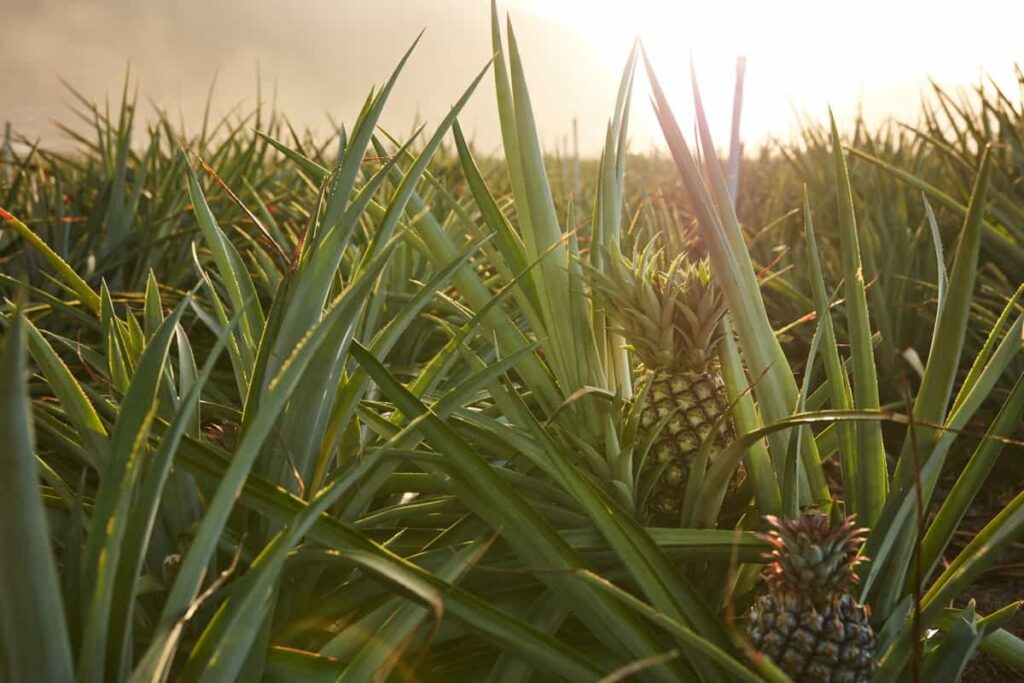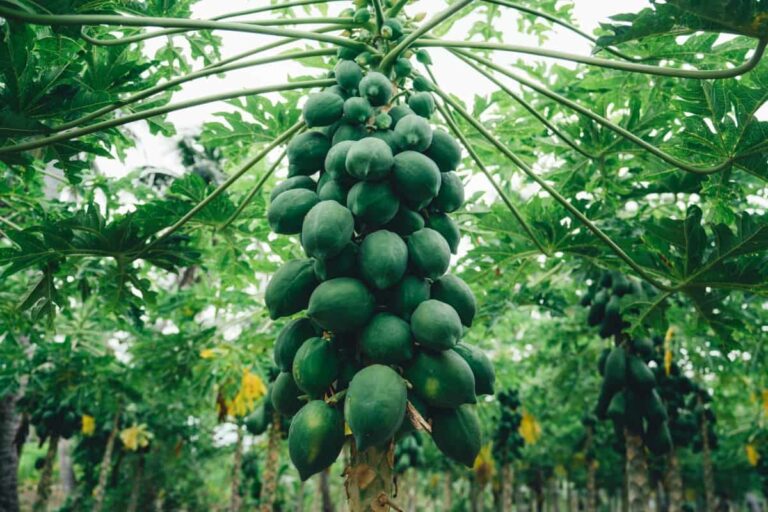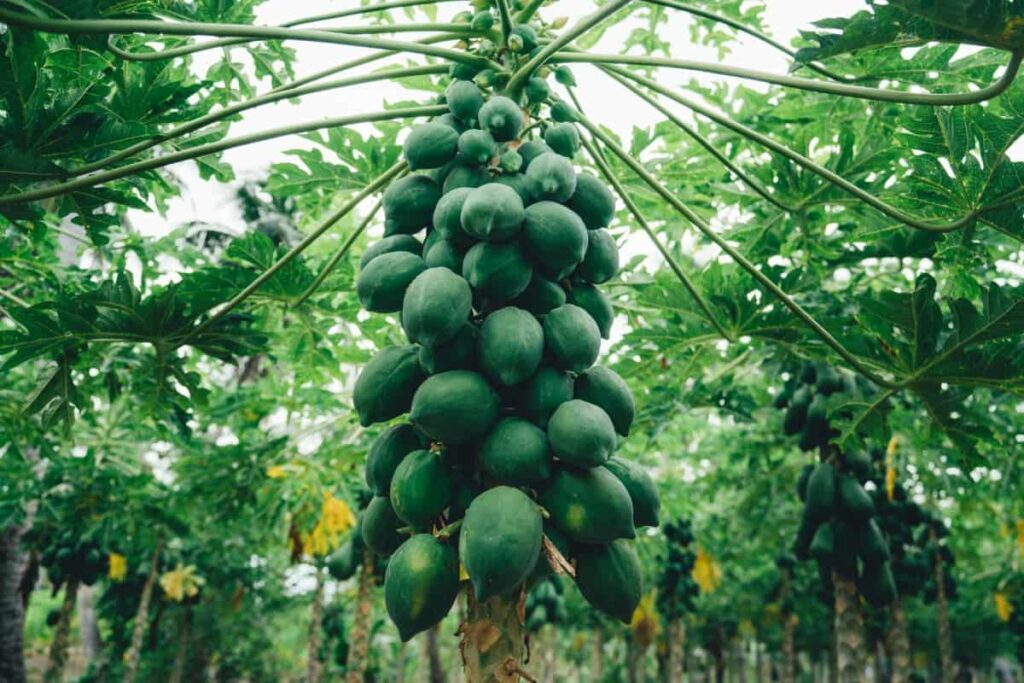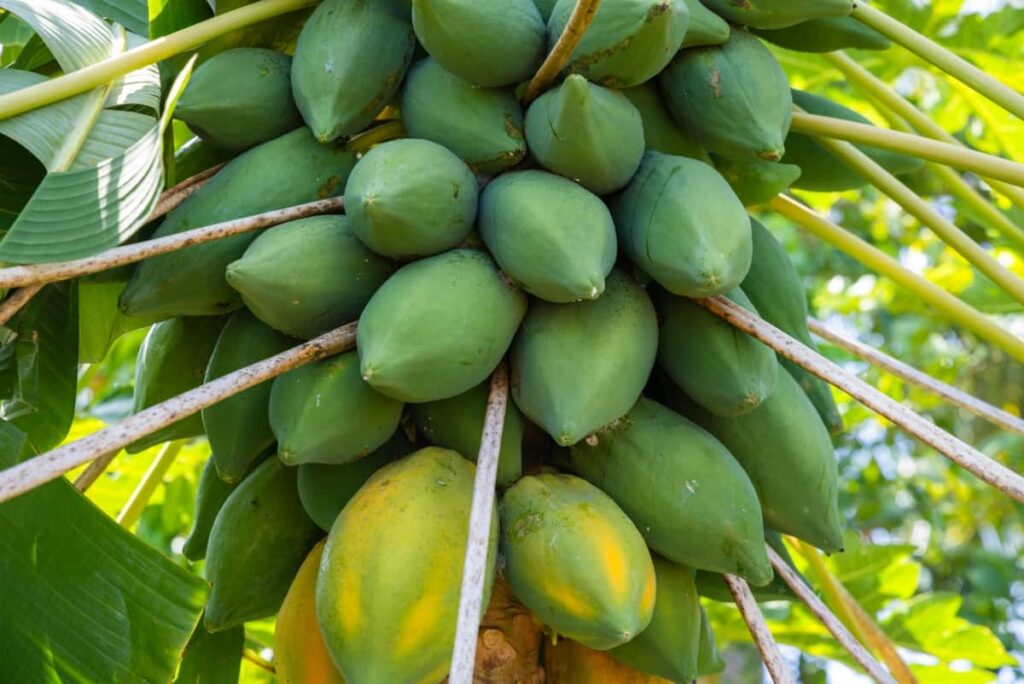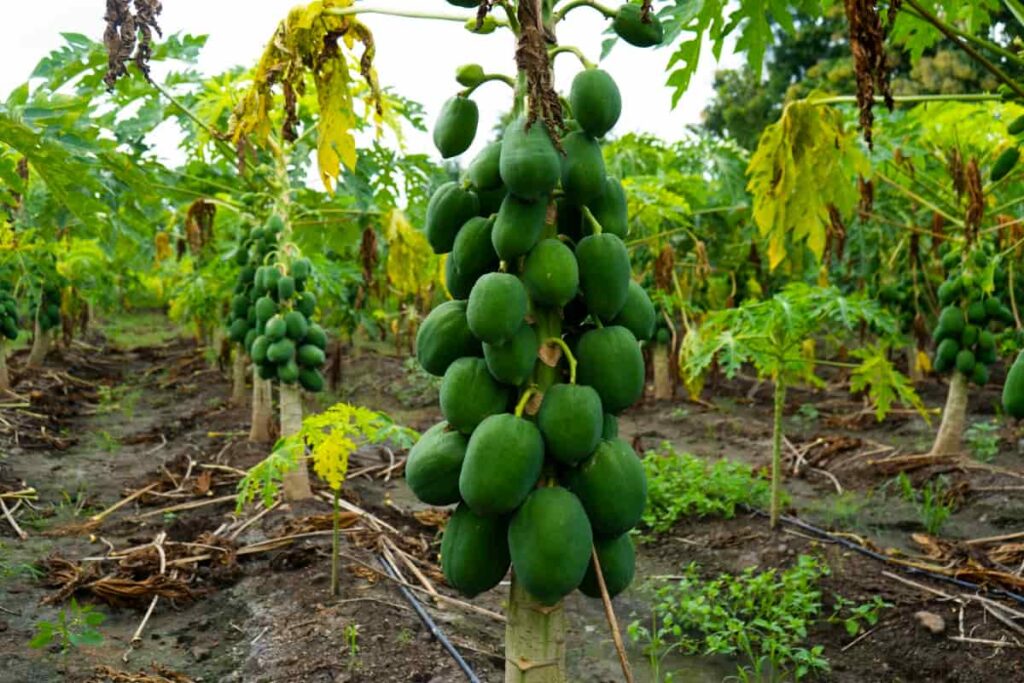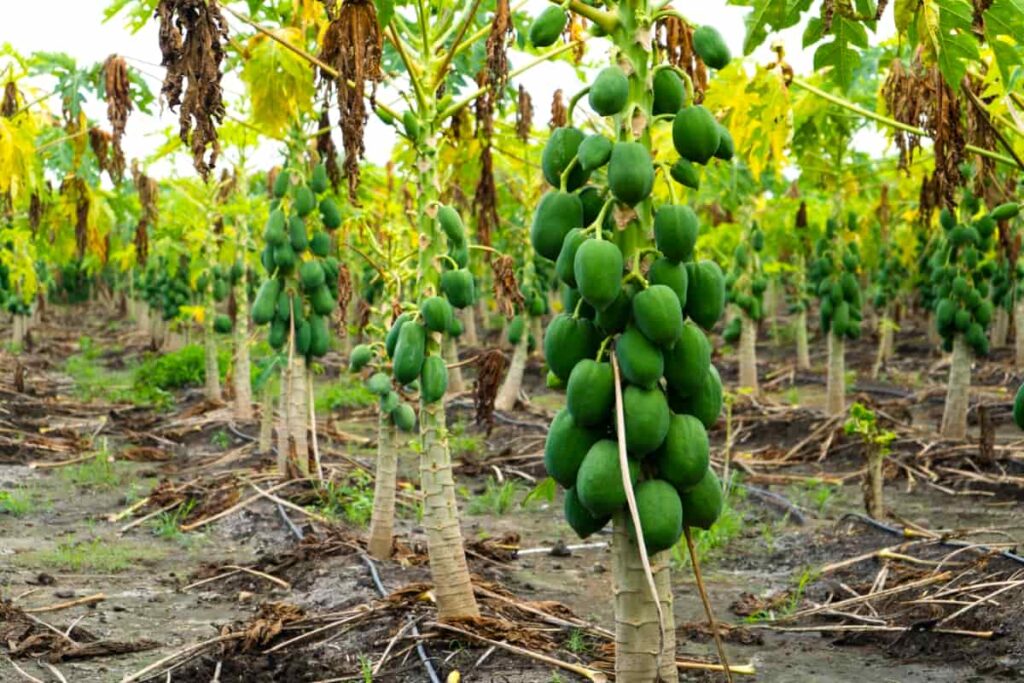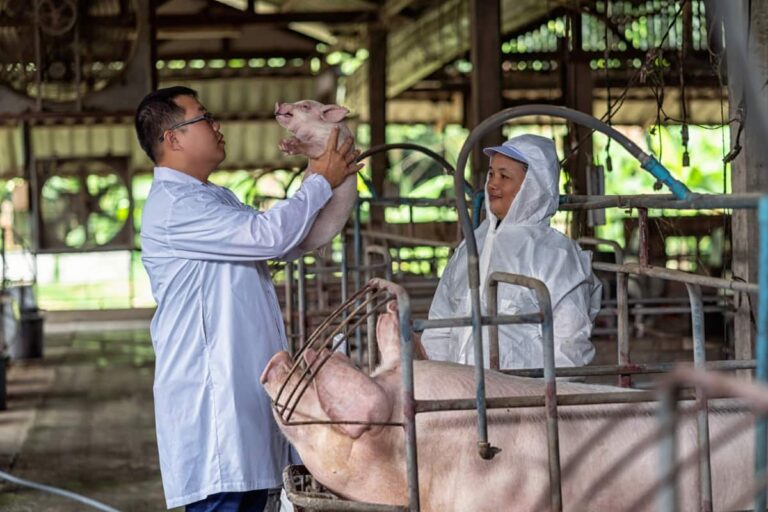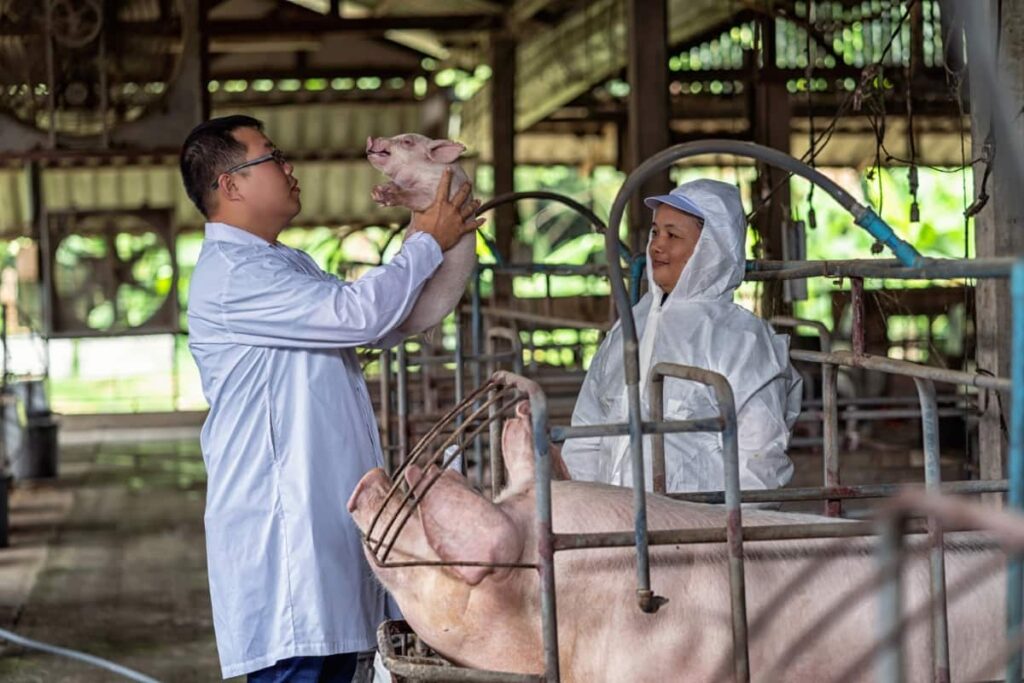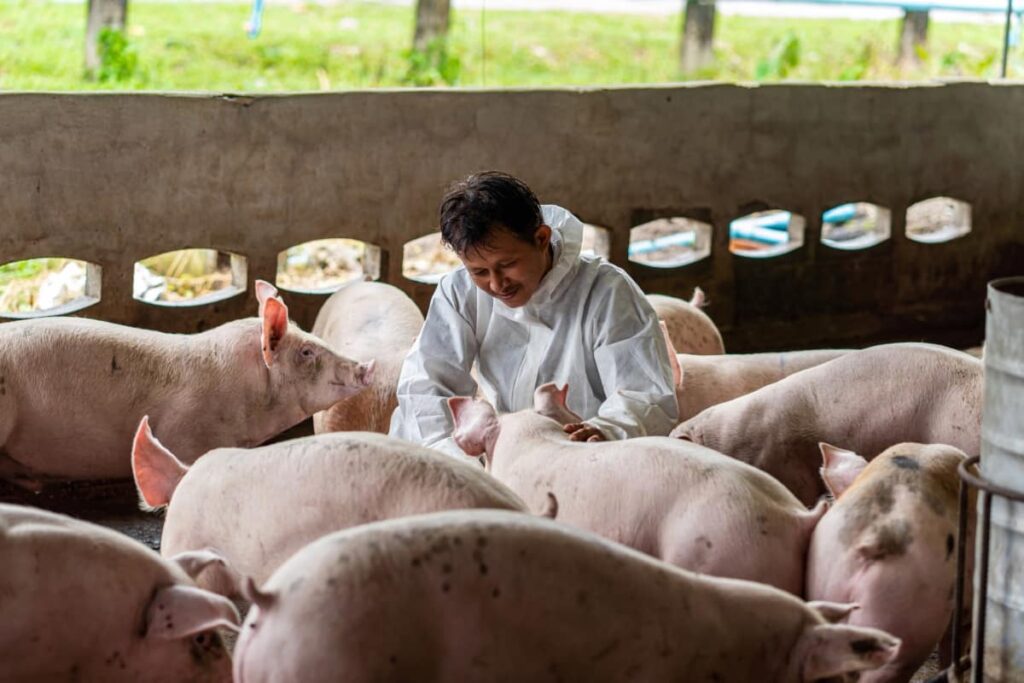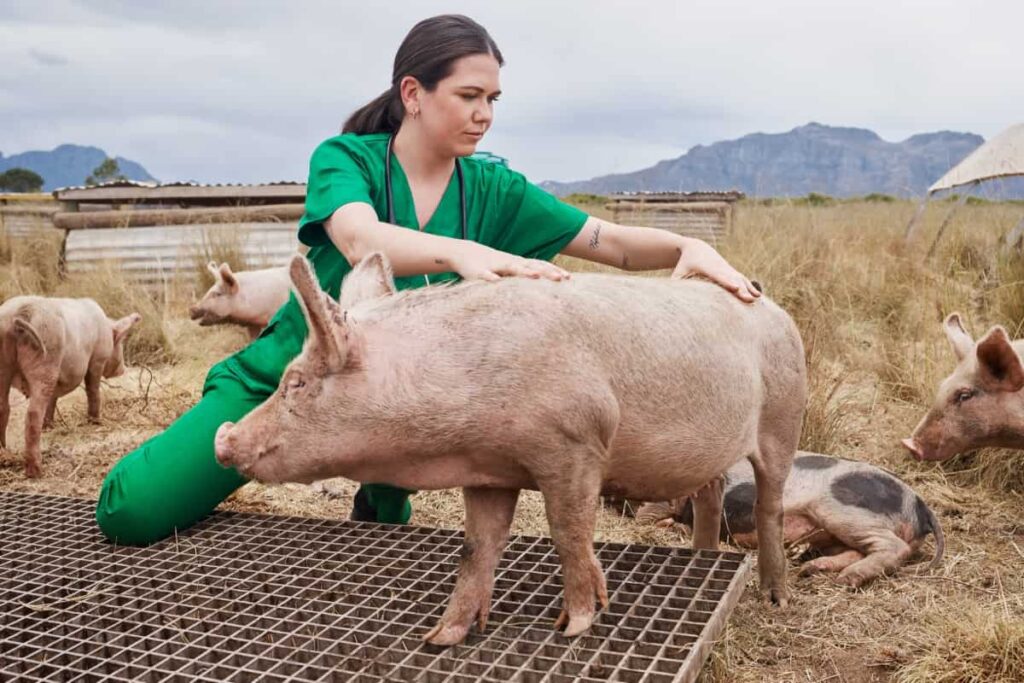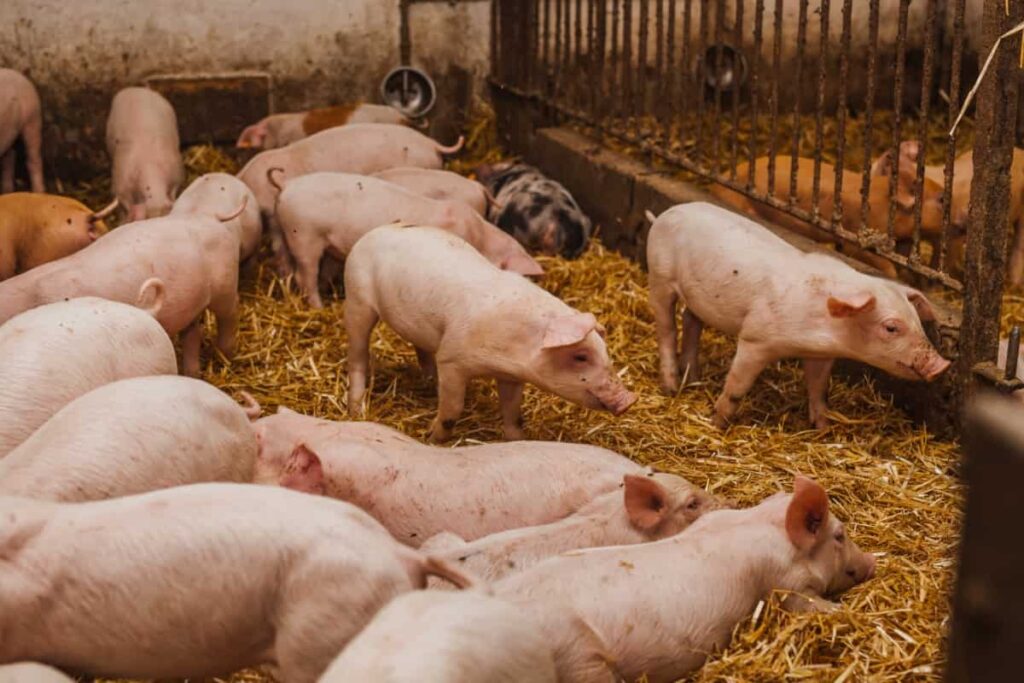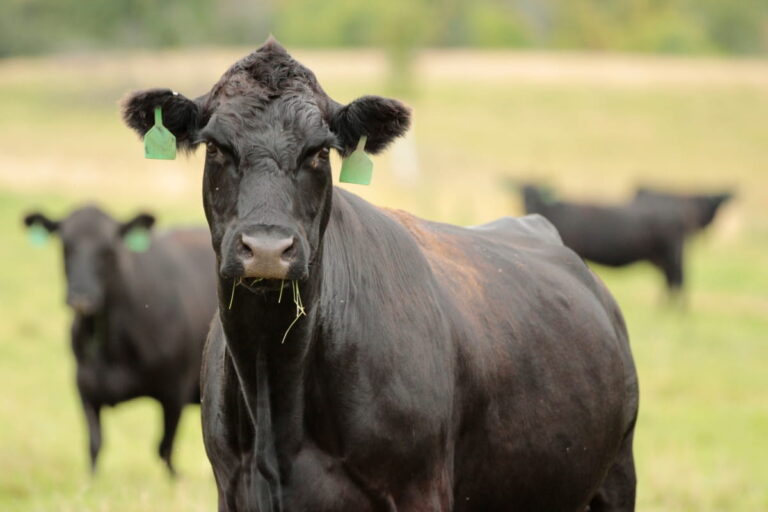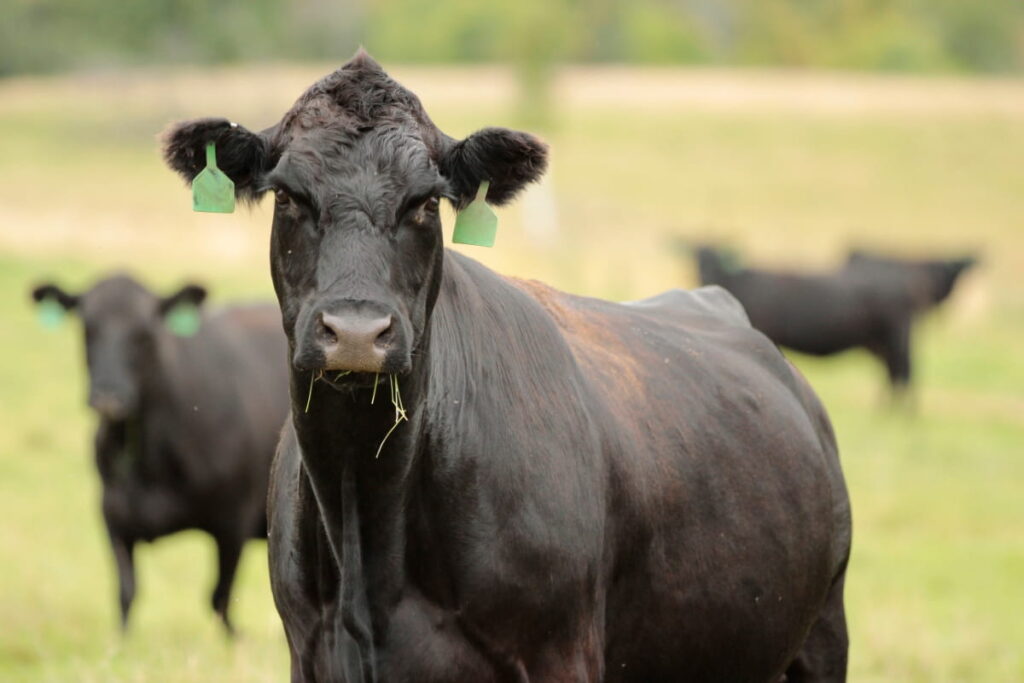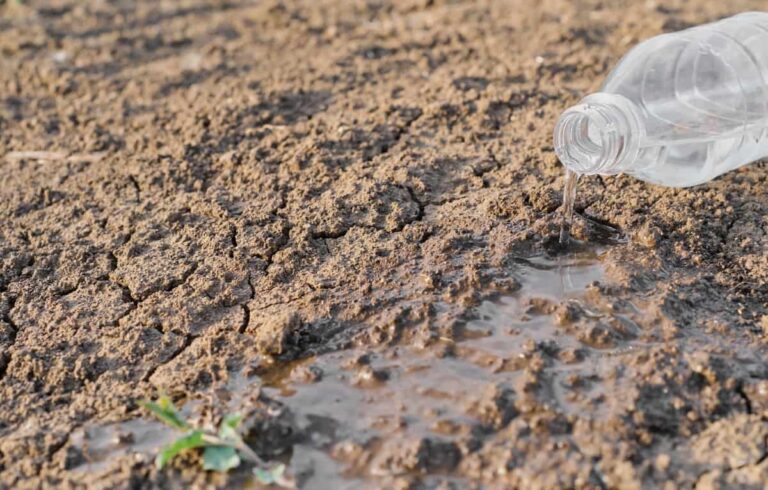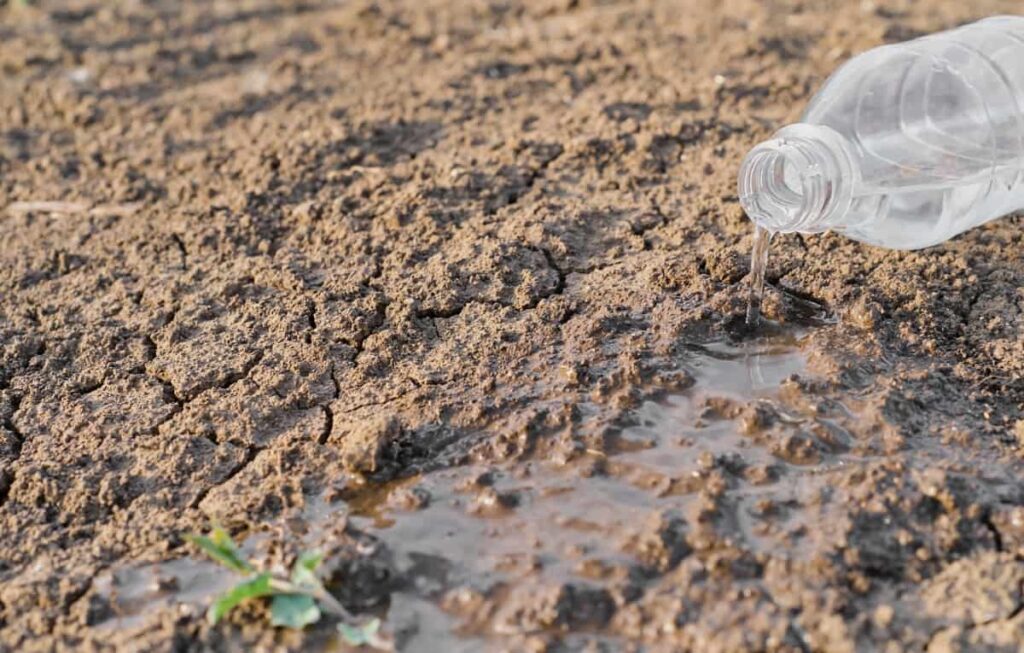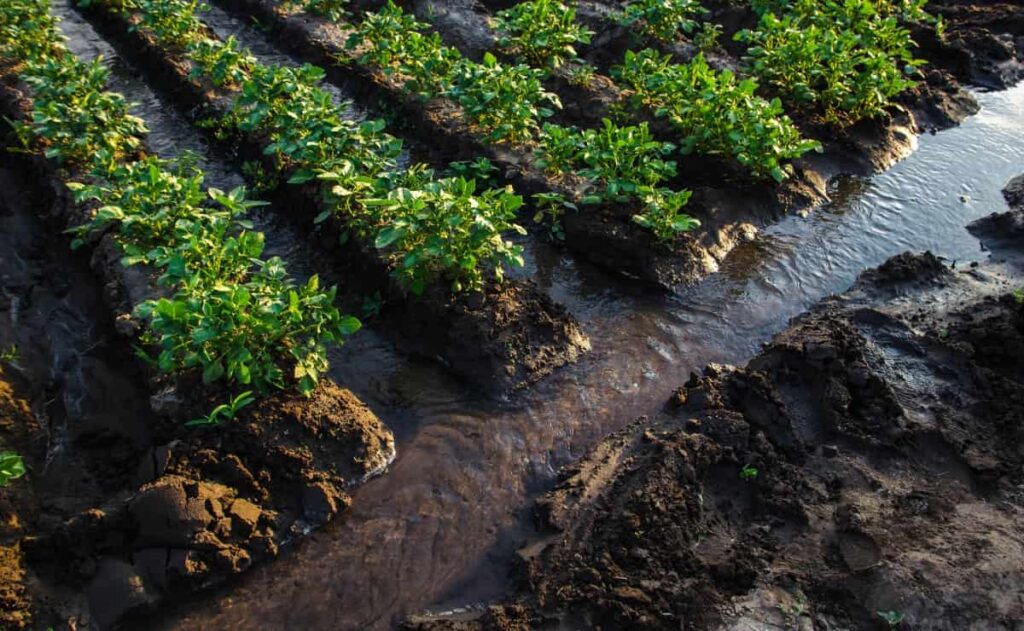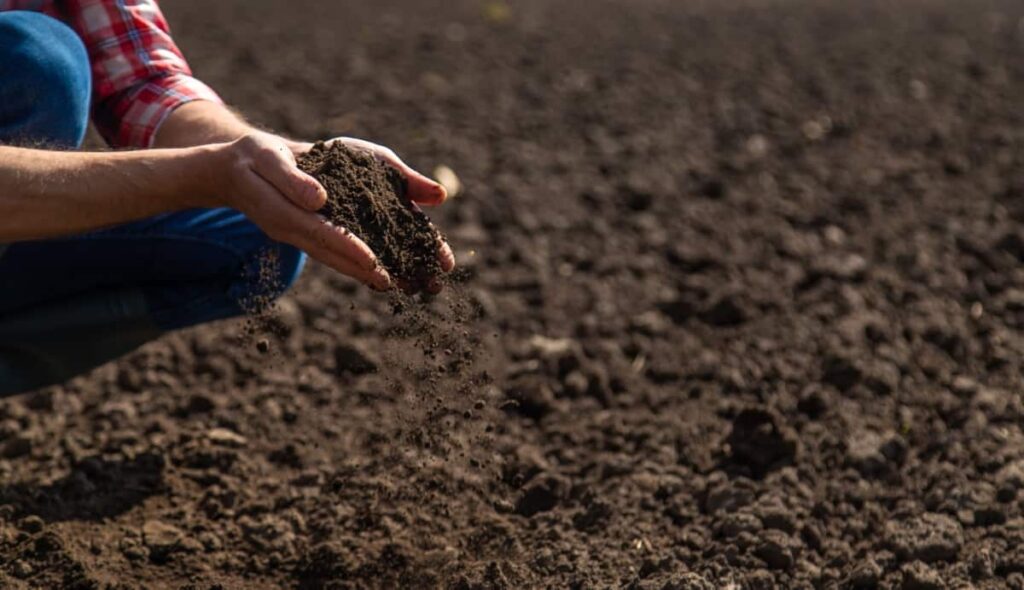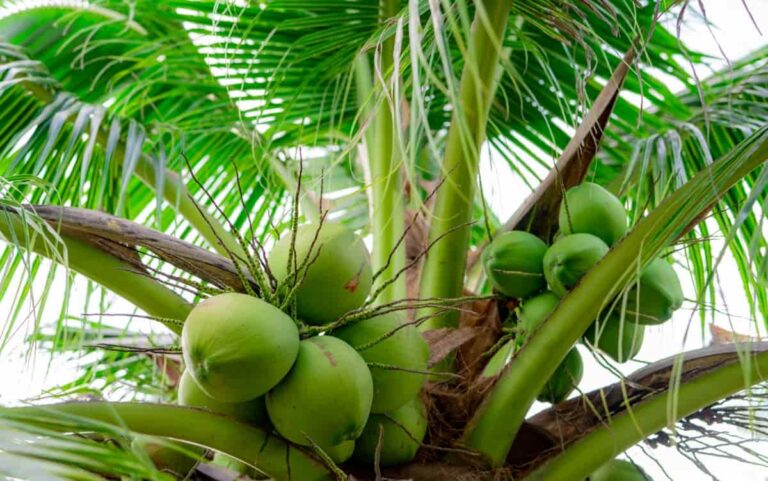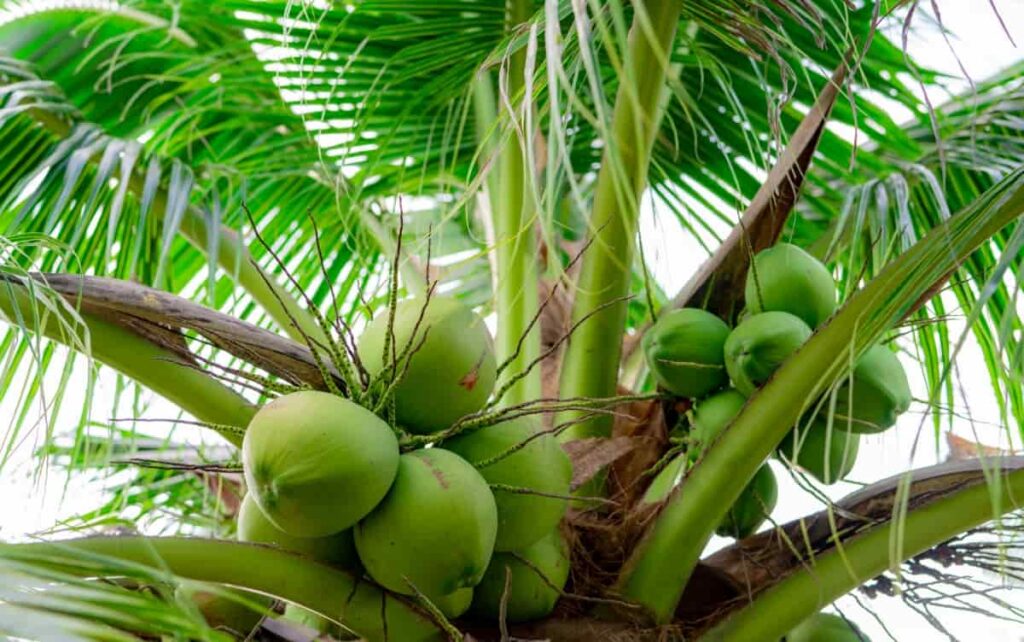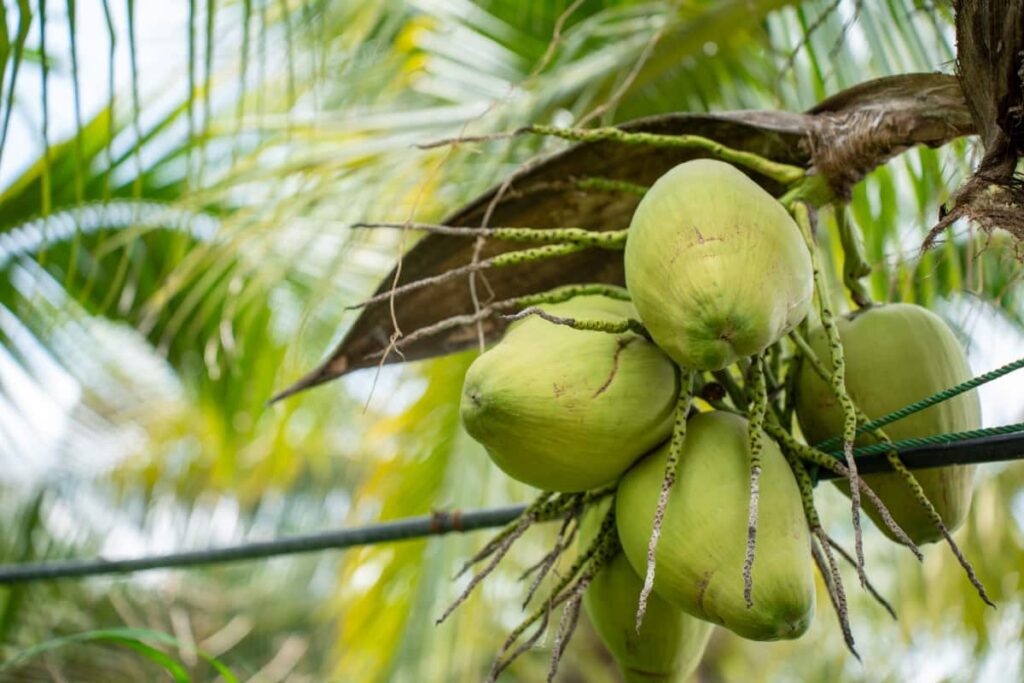Understanding the importance of choosing the right crops for the summer season is key to a successful harvest as a gardener. Planting vegetables and fruits that thrive in warmer temperatures ensures a bountiful yield that you can enjoy throughout the sunny months. By selecting summer-friendly crops, you are optimizing your garden’s potential and maximizing its productivity.
Popular Vegetables for Summer Harvest
From vibrant tomatoes bursting with flavor to crisp cucumbers perfect for refreshing salads, the options are endless. Zucchinis and yellow squash are versatile veggies that can be grilled, sautéed, or baked into delicious dishes. Their abundant yield makes them a favorite among gardeners looking for a bountiful harvest.
Bell peppers come in different colors and add both visual appeal and taste to any summer meal. Whether stuffed with savory fillings or sliced raw for snacking, they’re a must-have in the vegetable garden. For those craving some heat, spicy jalapeños and bell peppers can bring an extra kick to salsas, dips, and marinades. Crisp green beans and snap peas offer a satisfying crunch when freshly picked from the vine.
Growing Melons: Watermelons and Cantaloupes
Growing melons like watermelons and cantaloupes can be a rewarding experience. These sun-loving fruits thrive in warm weather, making them perfect for the summer season. Watermelons, with their refreshing flesh and thirst-quenching properties, are a popular choice among gardeners. Their large size and vibrant colors make them a standout addition to any harvest.
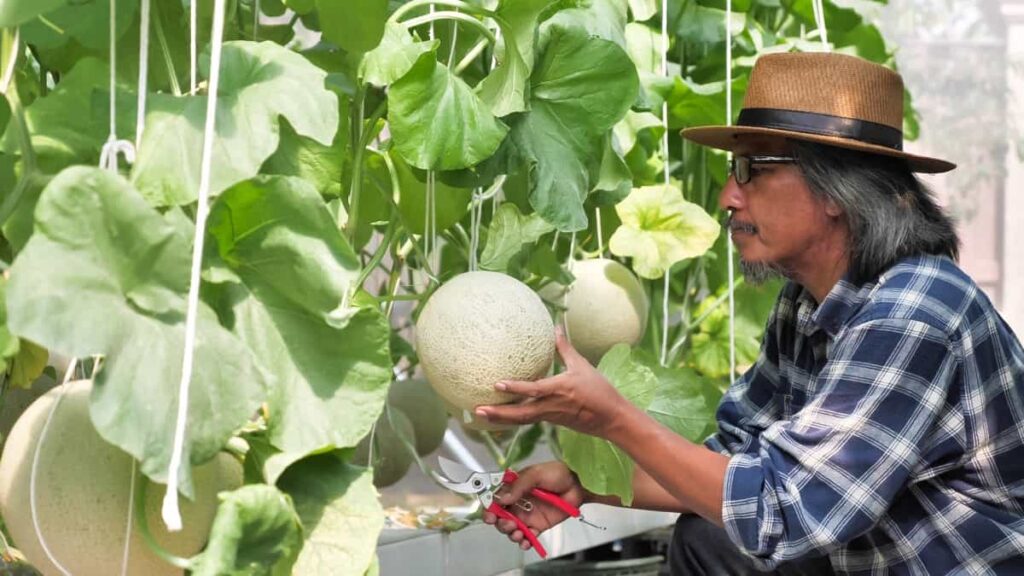
Cantaloupes, on the other hand, offer a delicate sweetness that is hard to resist. The aroma alone will have you eagerly waiting for the moment they’re ripe for picking. When cultivating melons, ensure they receive plenty of sunlight and consistent watering. Trellising can help support their vines as they grow and produce fruit. Watch out for pests like aphids or cucumber beetles that may try to nibble on your precious melon plants.
Heat-Tolerant Greens: Spinach, Kale, and Swiss Chard
These leafy superstars thrive in warm weather, making them perfect choices for your summer garden. Spinach is not just Popeye’s favorite – it’s packed with essential nutrients. This versatile green can be enjoyed fresh in salads as a side dish. Kale has risen to fame as a trendy superfood for good reason.
In case you missed it: Beat the Heat: Ultimate Guide to Keeping Your Cattle Cool During Hot Summer Days
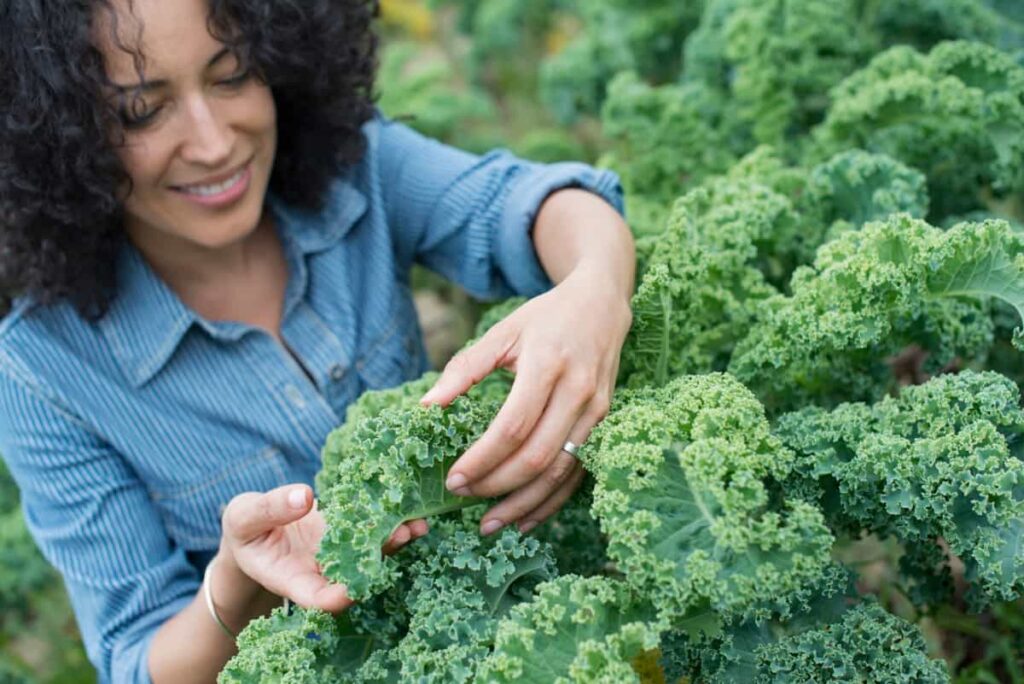
It’s rich in antioxidants and fiber, making it a powerhouse addition to your diet. Swiss chard adds color and flavor to your meals while providing an abundance of vitamins K, A, and C. These heat-tolerant greens are not only nutritious but also easy to grow. They will add vibrant shades of green (and maybe purple) to your summer harvest.
Cultivating Summer Fruits: Berries, Peaches, and Plums
Berries like strawberries, blueberries, and raspberries add color and flavor to dishes. They can also be enjoyed as a healthy snack from the vine. Peach trees laden with juicy fruit bring a touch of sweetness to hot summer days. The vibrant colors of ripe peaches against green leaves make for a picturesque sight in any garden setting.
In case you missed it: Golden Berry Farming in India: Best Cultivation Practices for Cape Gooseberry
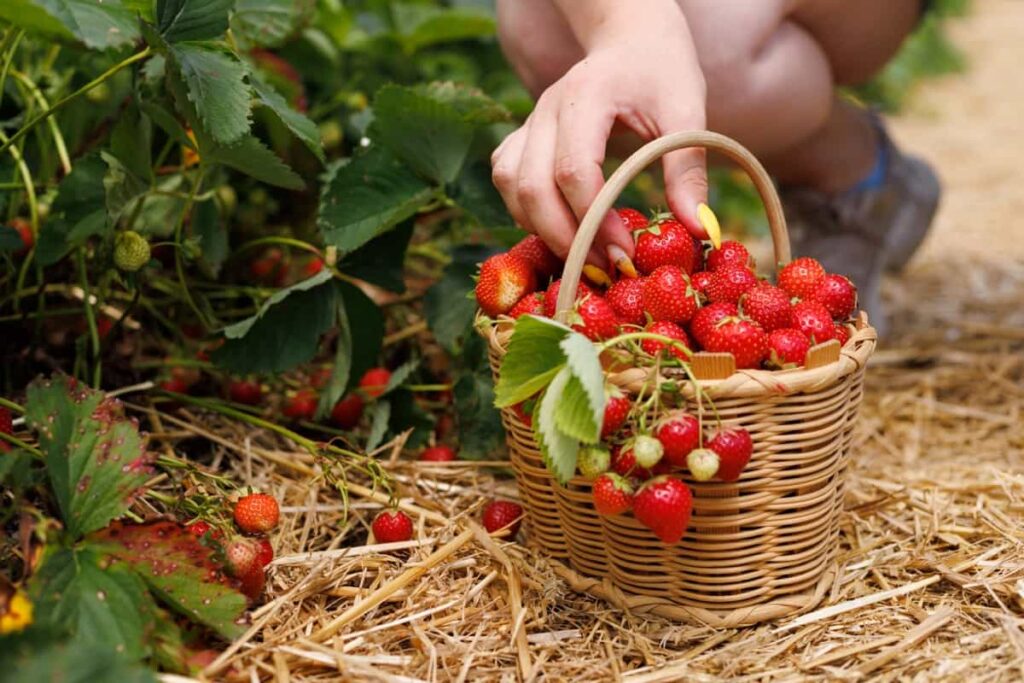
Plucking one fresh off the tree is an unmatched pleasure. Plum trees offer a unique taste experience with their sweet yet slightly tart flesh. Growing these summer fruits not only adds beauty to your garden but also allows you to savor the freshest flavors nature has to offer right at home.
Legumes and Beans: High-Yield Summer Crops
These plants provide a bountiful harvest and enrich the soil with nitrogen, making them excellent choices for sustainable gardening practices. From bush beans to pole bean plants, there is a variety of legumes to choose from for your summer garden. Beans like green beans and snap peas are an easy way to grow and can be enjoyed fresh off the vine or preserved for later use.
In case you missed it: How to Grow Peas Faster: Best Tips to Increase Flowering, Fruiting, and Production Yield
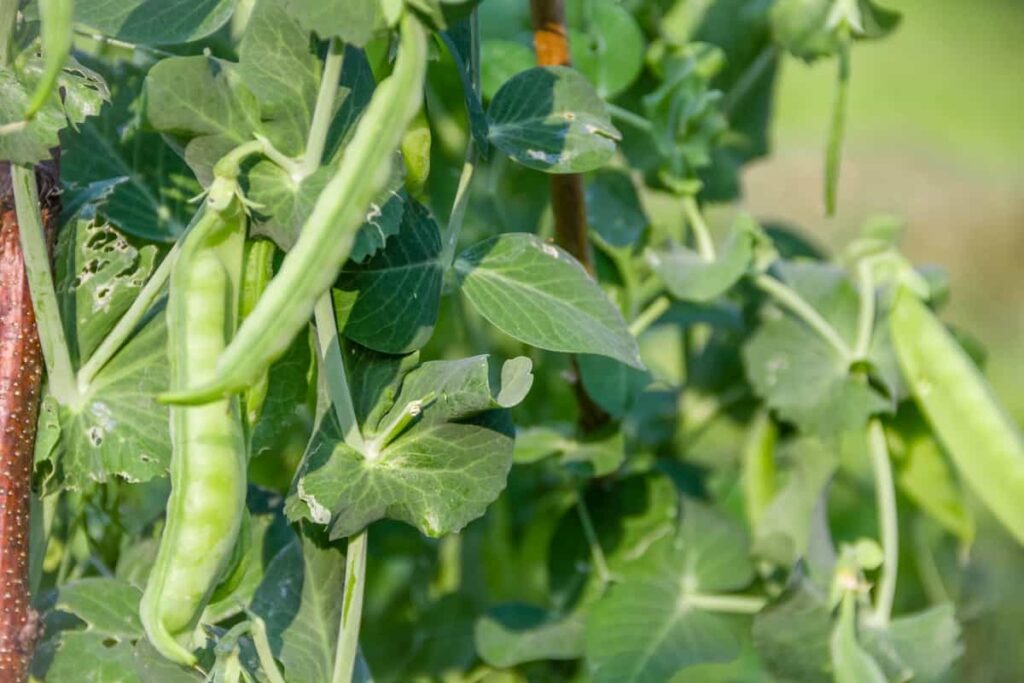
Lentils and chickpeas are nutritious legumes that can withstand the summer heat while adding protein and fiber to your diet. Growing legumes in your garden not only benefits you with fresh produce but also contributes to soil health by fixing nitrogen into the ground. Consider planting a mix of different bean varieties to enjoy flavors and textures throughout the summer months.
Summer Herbs: Basil, Cilantro, and Dill
These aromatic plants not only flavor your dishes but also bring a touch of freshness to them. Basil, with its sweet and peppery notes, is perfect for making pesto or adding a burst of flavor to salads. Cilantro’s citrusy undertones complement Mexican and Asian cuisines beautifully. Dill’s delicate feathery leaves are ideal for pickling or seasoning fish dishes.They herbs grow in warm weather conditions and require very minimal maintenance. Just make sure they get enough sunlight and well-drained soil to flourish.
Root Vegetables for the Summer: Carrots, Beets, and Radishes
Root vegetables are a staple in summer gardening, offering flavors and textures to your harvest. Carrots add freshness to any dish. Beets, known for their earthy sweetness, can be roasted or pickled for different culinary experiences. Radishes bring a peppery kick that brightens up salads and appetizers.
These underground gems thrive in the warmth of summer, developing into nutrient-rich treats ready to be plucked from the soil. Their adaptability allows them to be enjoyed raw or cooked in countless ways. Adding carrots, beets, and radishes to your summer garden not only diversifies your produce but also provides you with fresh ingredients throughout the season.
Summer Squash and Zucchini: Easy and Productive Crops
These versatile veggies thrive in the heat, rewarding gardeners with a bountiful harvest throughout the season. With their delicious flavors, they add freshness to the dish. Planting summer squash and zucchini is a breeze. Sow the summer seeds directly into well-drained soil after all danger of frost has passed.
Give them plenty of sunshine and water regularly for optimal growth. From classic green zucchini to golden-yellow straight-neck squashes, there’s a variety for every taste preference. Incorporate these nutritious vegetables into your favorite recipes, or try out new culinary creations.
Corn and Tomatoes: Staple Crops for the Summer Garden
Corn, with its golden kernels bursting with sweetness, adds a beautiful addition to any garden. Whether grilled on the cob or tossed into salads, fresh corn is a true delight during the hot summer months. Tomatoes, in all their vibrant colors and shapes, are the quintessential taste of summer. From juicy heirlooms to cherry tomatoes popping off the vine like candy, nothing compares to the flavor of homegrown tomatoes.
Sliced for sandwiches or blended into sauces, these versatile fruits elevate any dish they touch. Summer is a great time for gardening as the warm weather and longer days provide ideal growing conditions for many plants. With the right planning and care, you can have a bountiful garden filled with a variety of crops during the summer season.
- Crops Grown in Summer Season: Best Choices for Summer Gardening
- Organic Pest Control for Tomato Farming
- How to Maximize Sheep Farming Profit
- Broccoli Varieties: Choosing the Right Cultivars for Your Farm
- How to Raise Pigs in Your Own Backyard: A Comprehensive Guide
- Budget Friendly Sheep Shed Ideas: Cheap and Low-Cost Tips
- How Much Do Cattle Farmers Make: Revenue Streams in Cattle Farming
- Management Pests and Diseases in Your Cotton Field
- Sheep Farming Business Plan for Beginners

